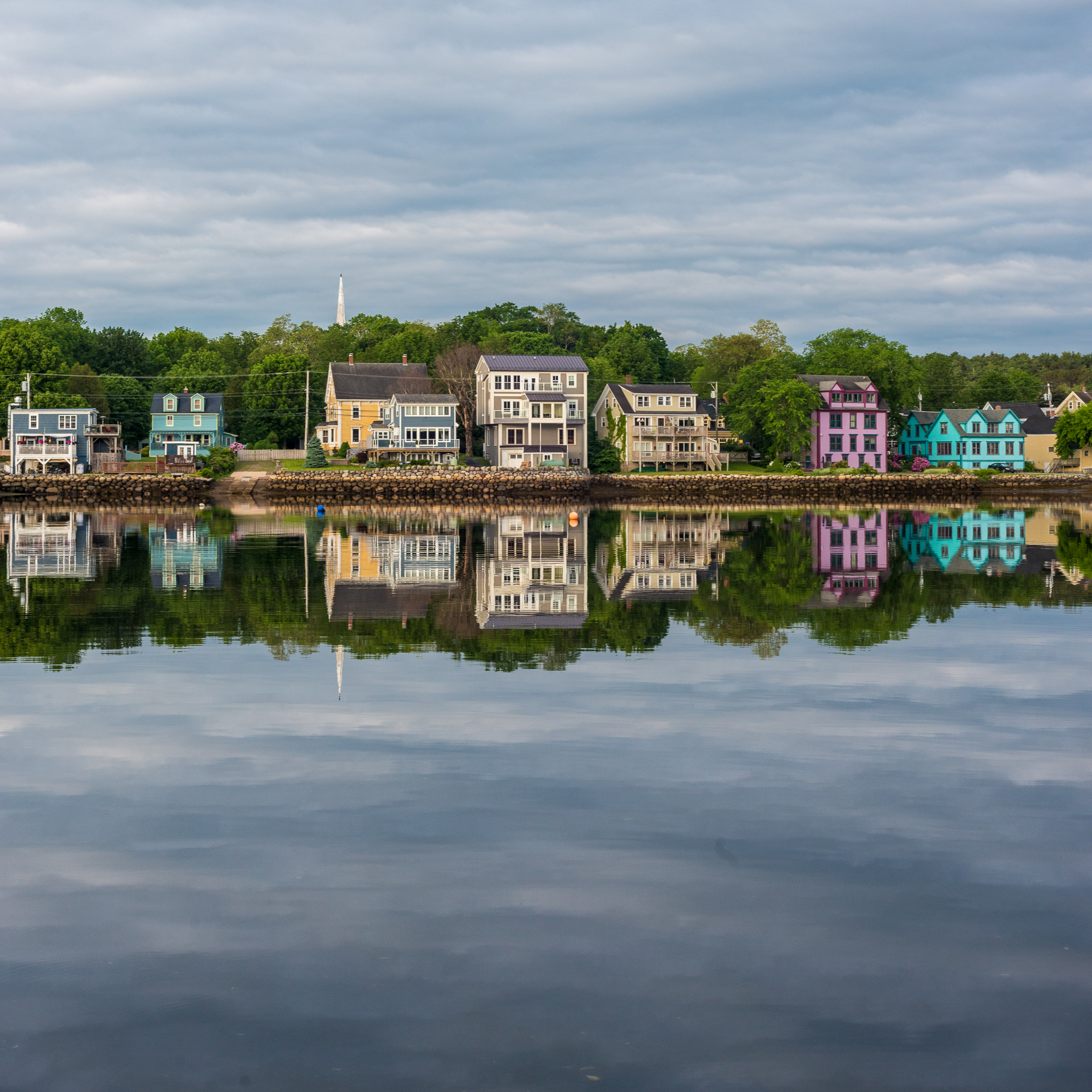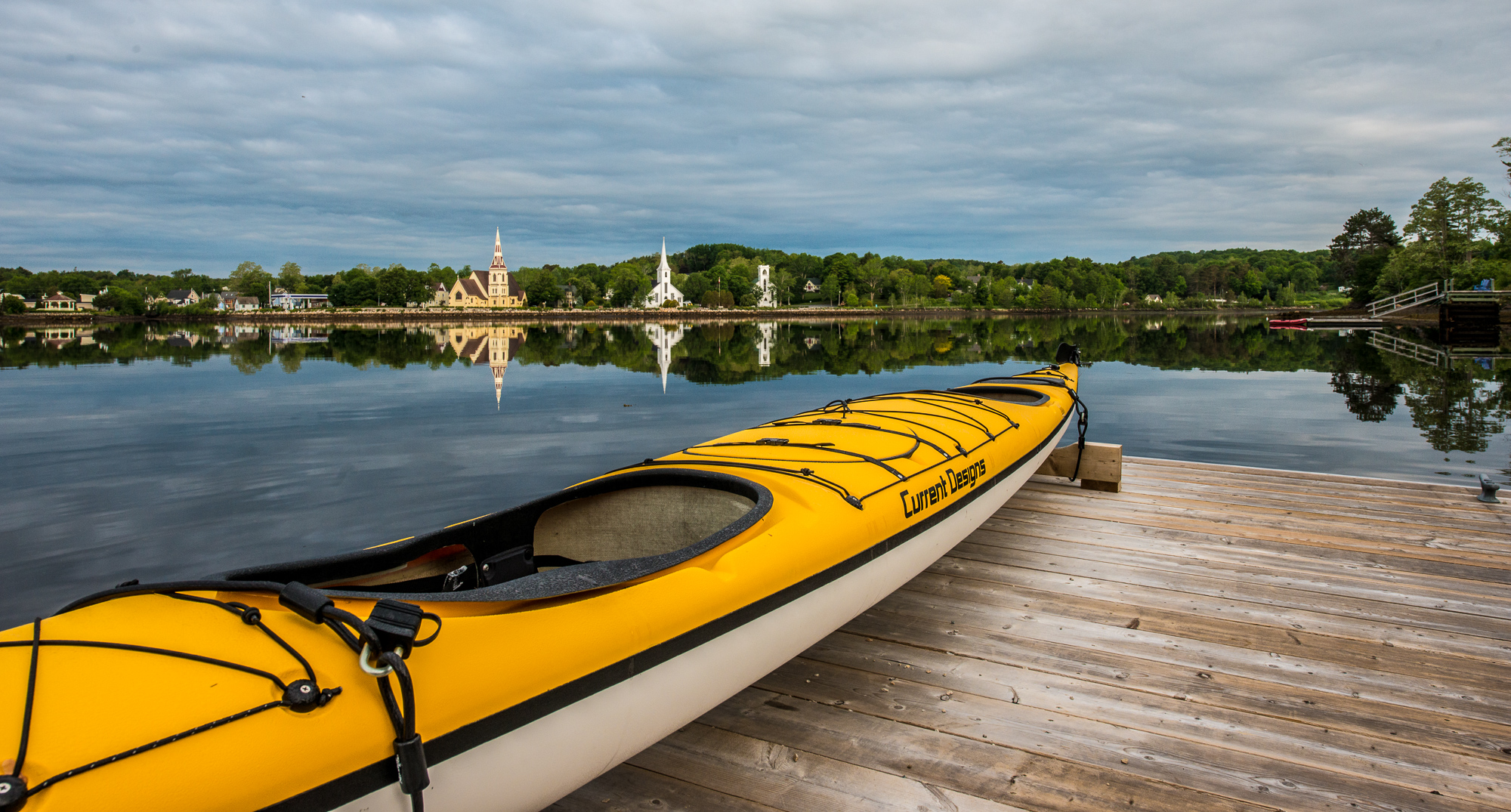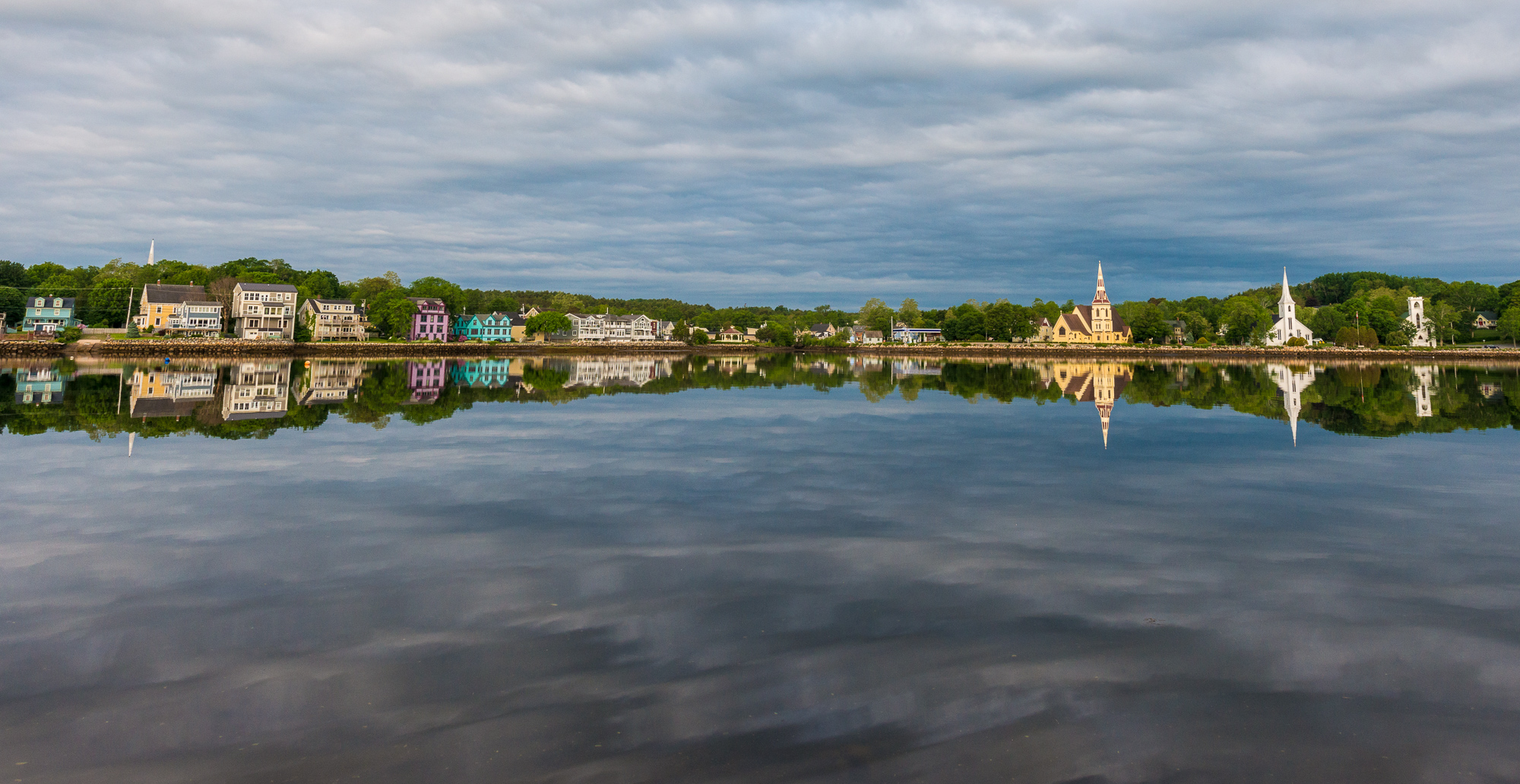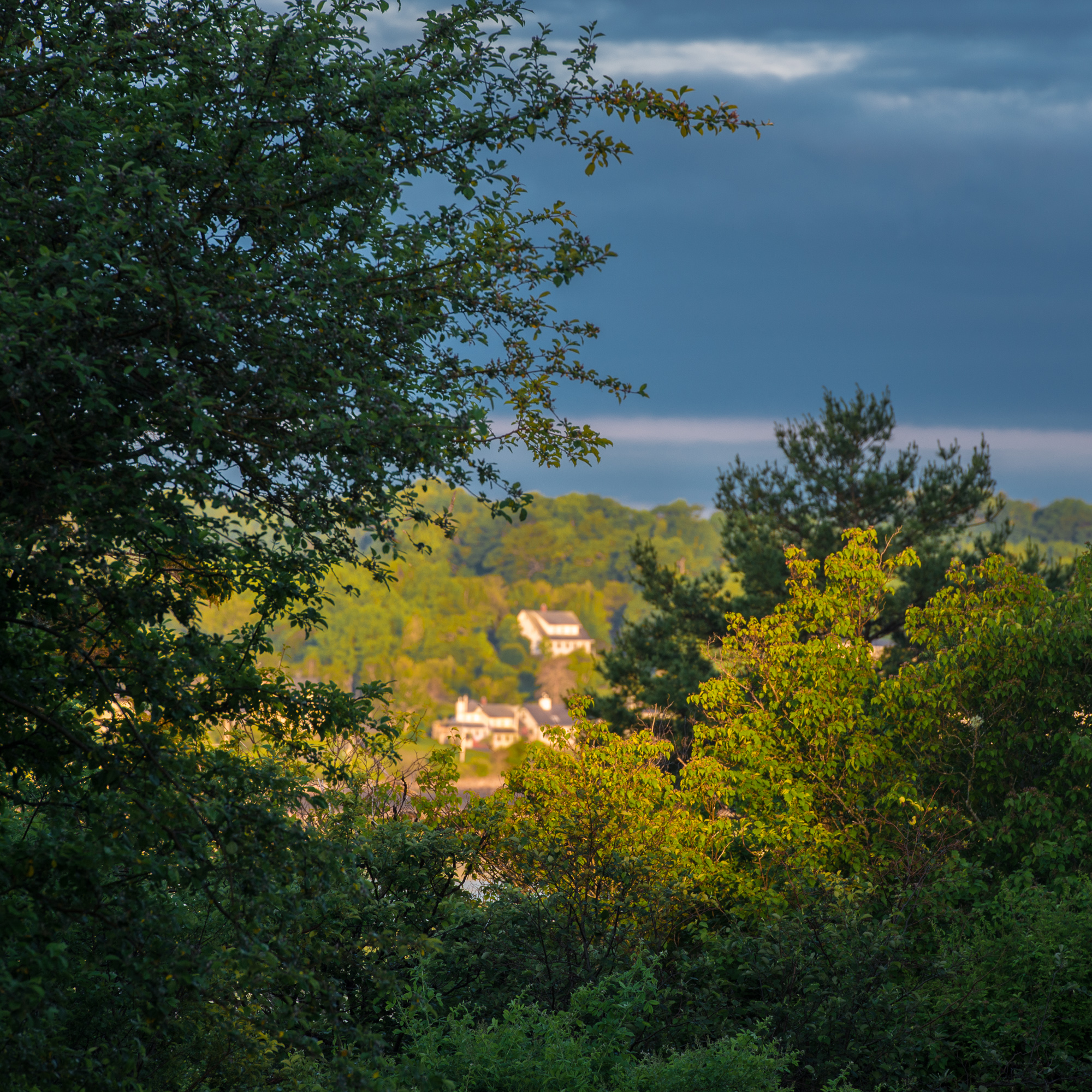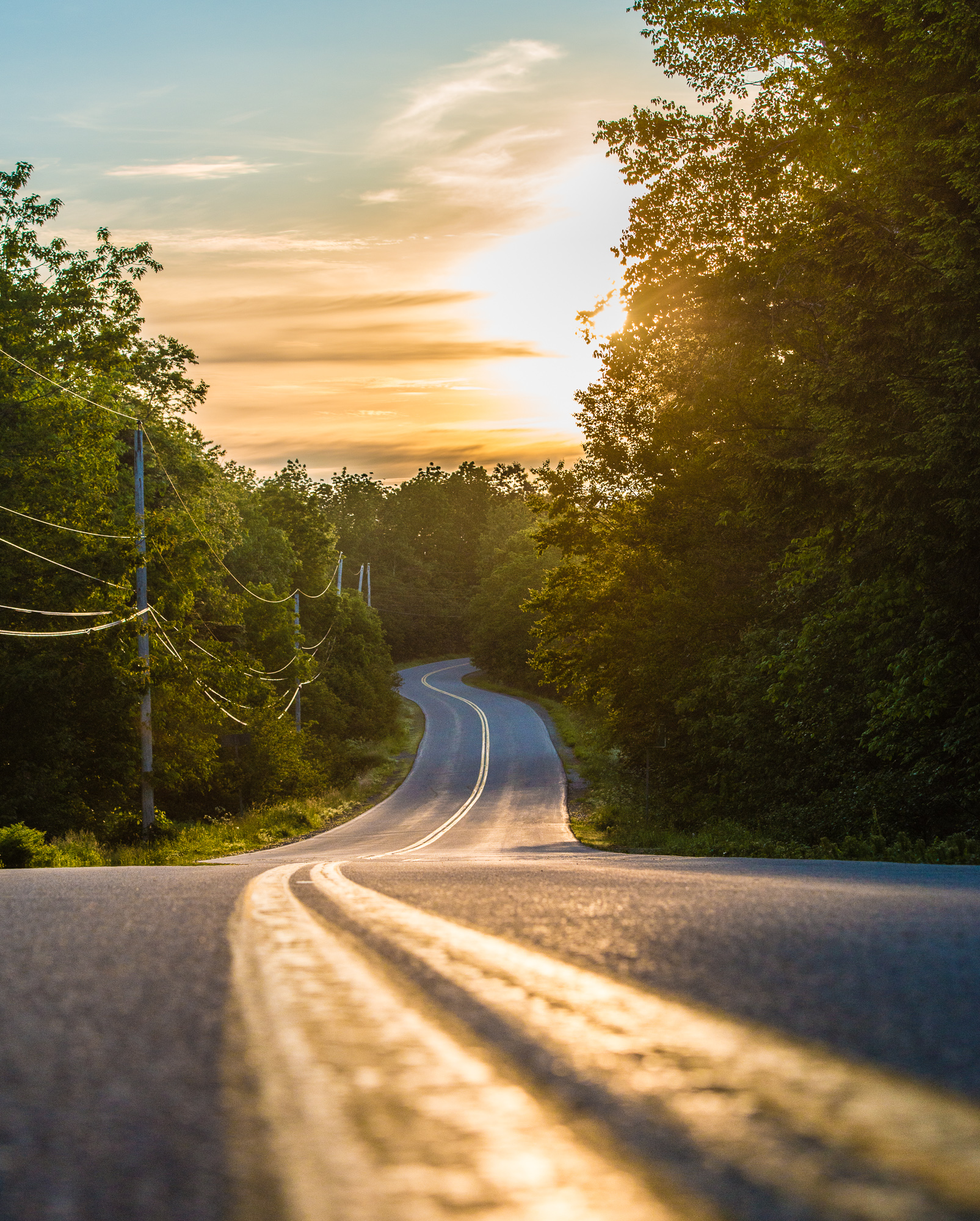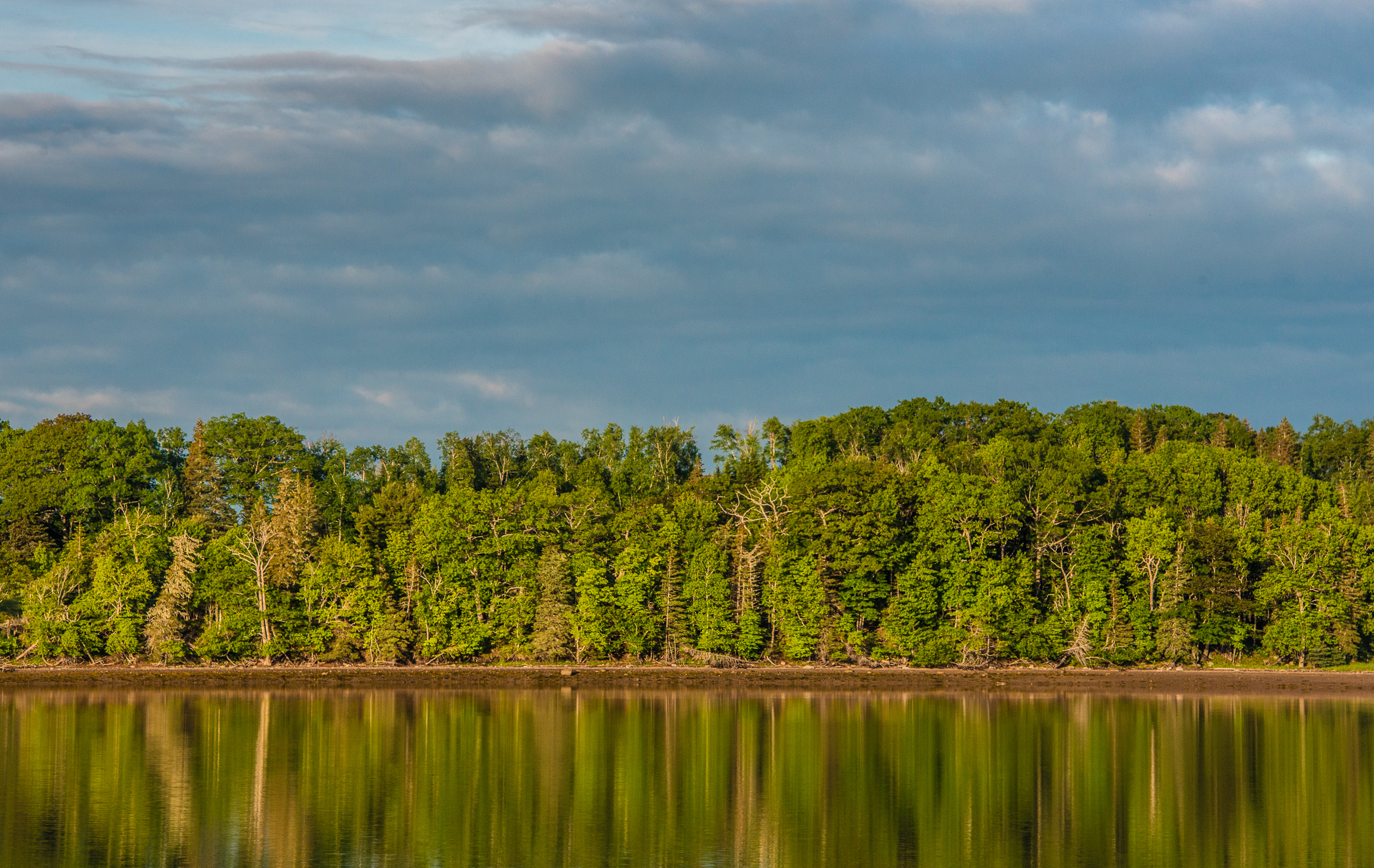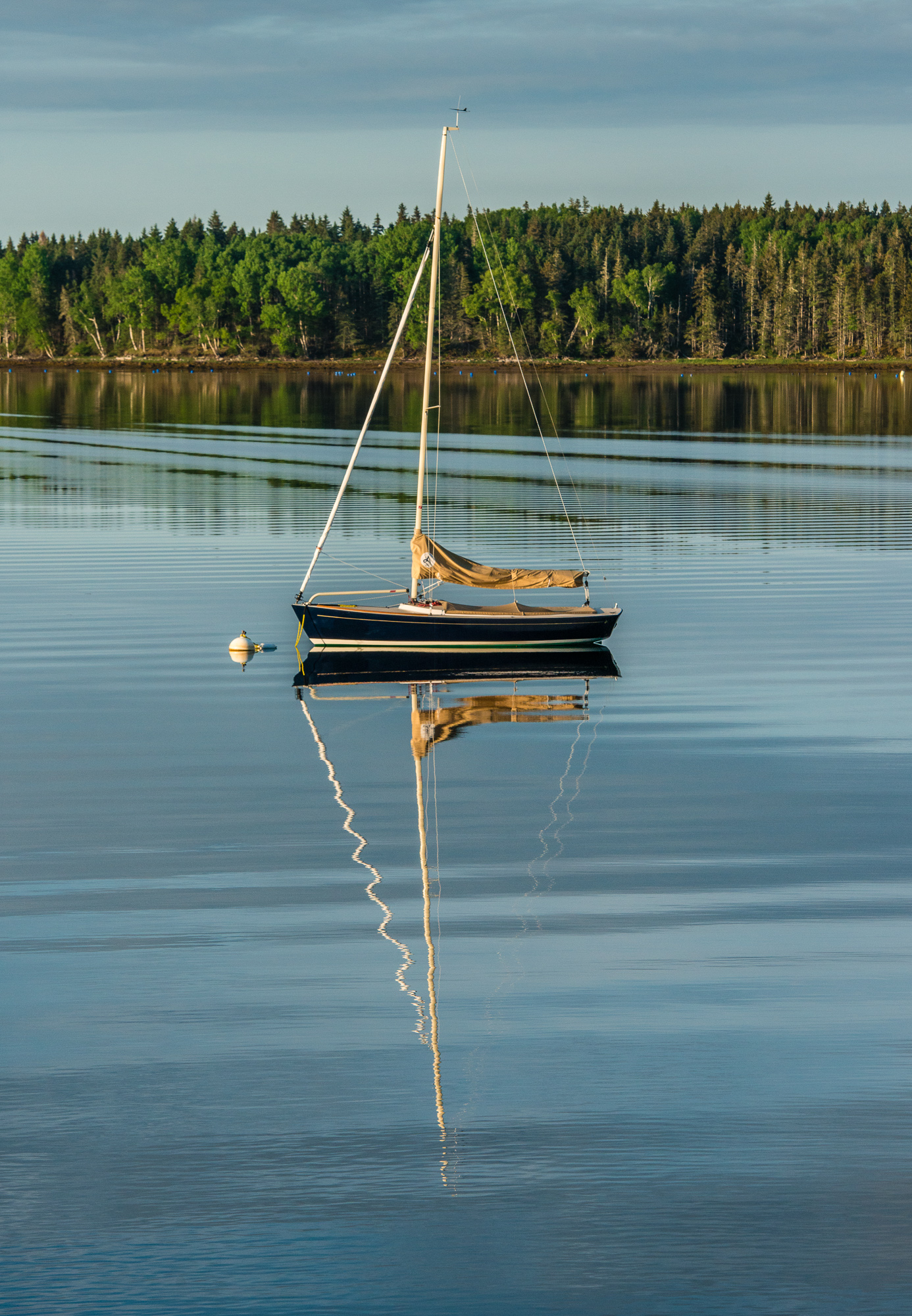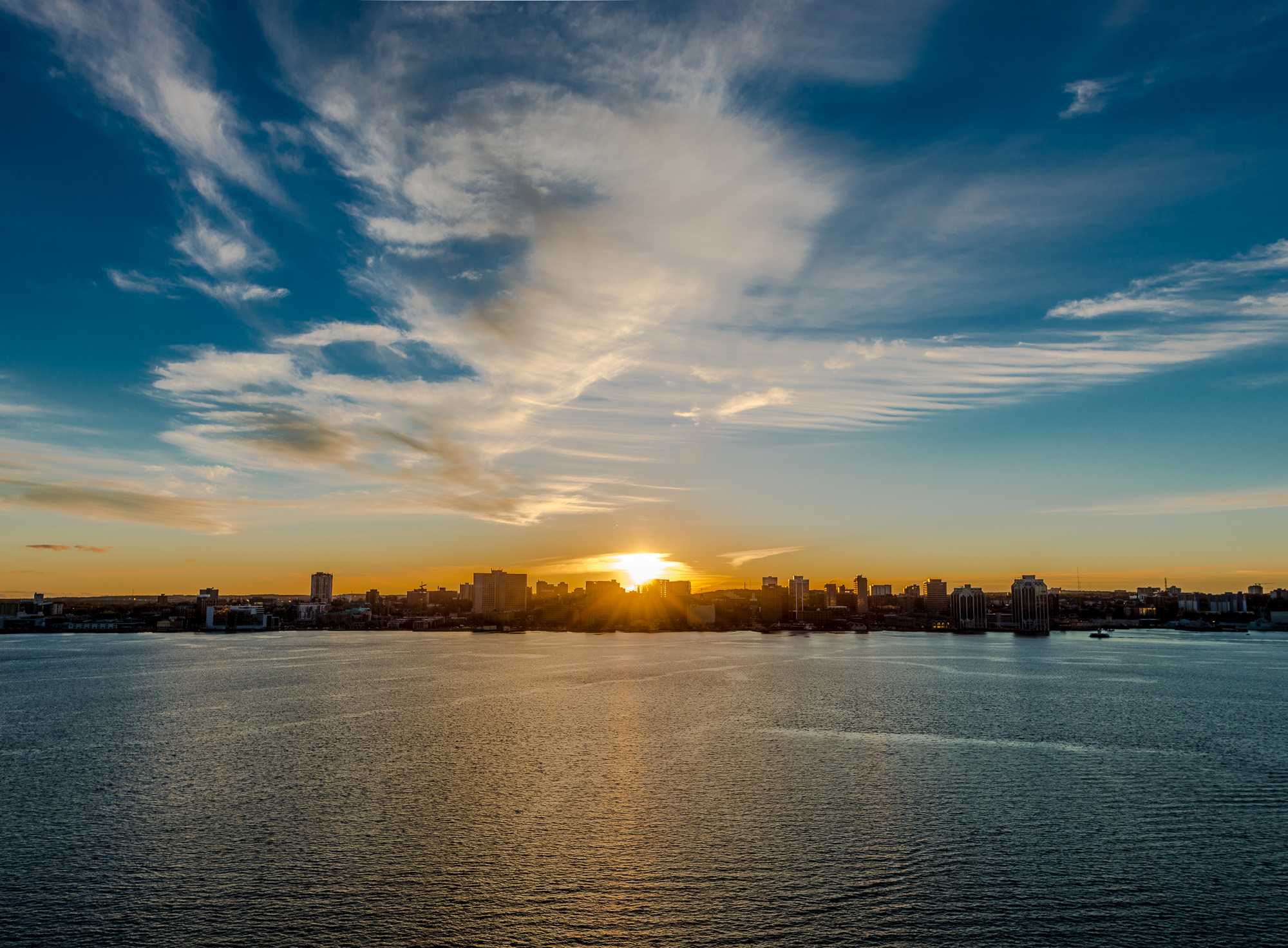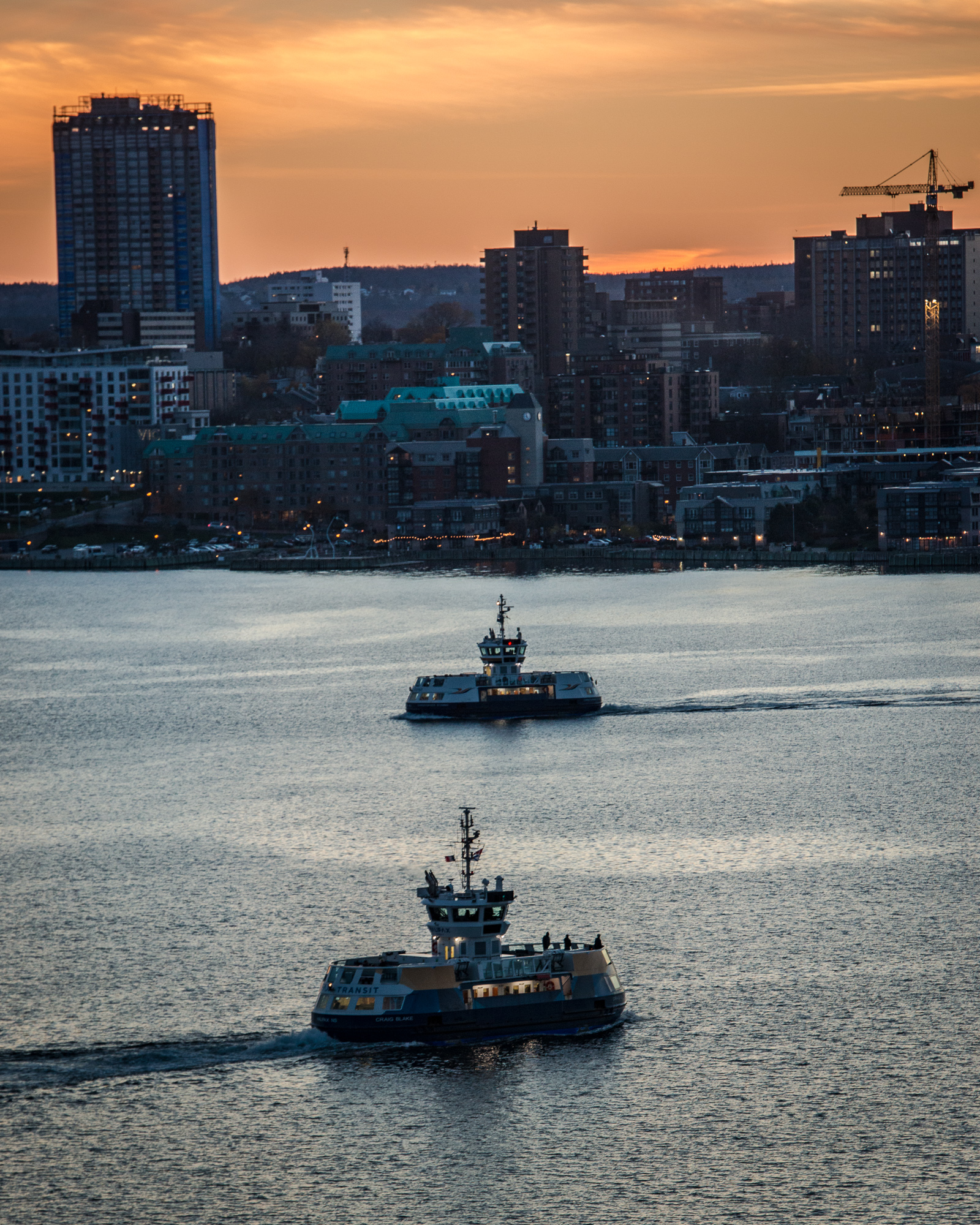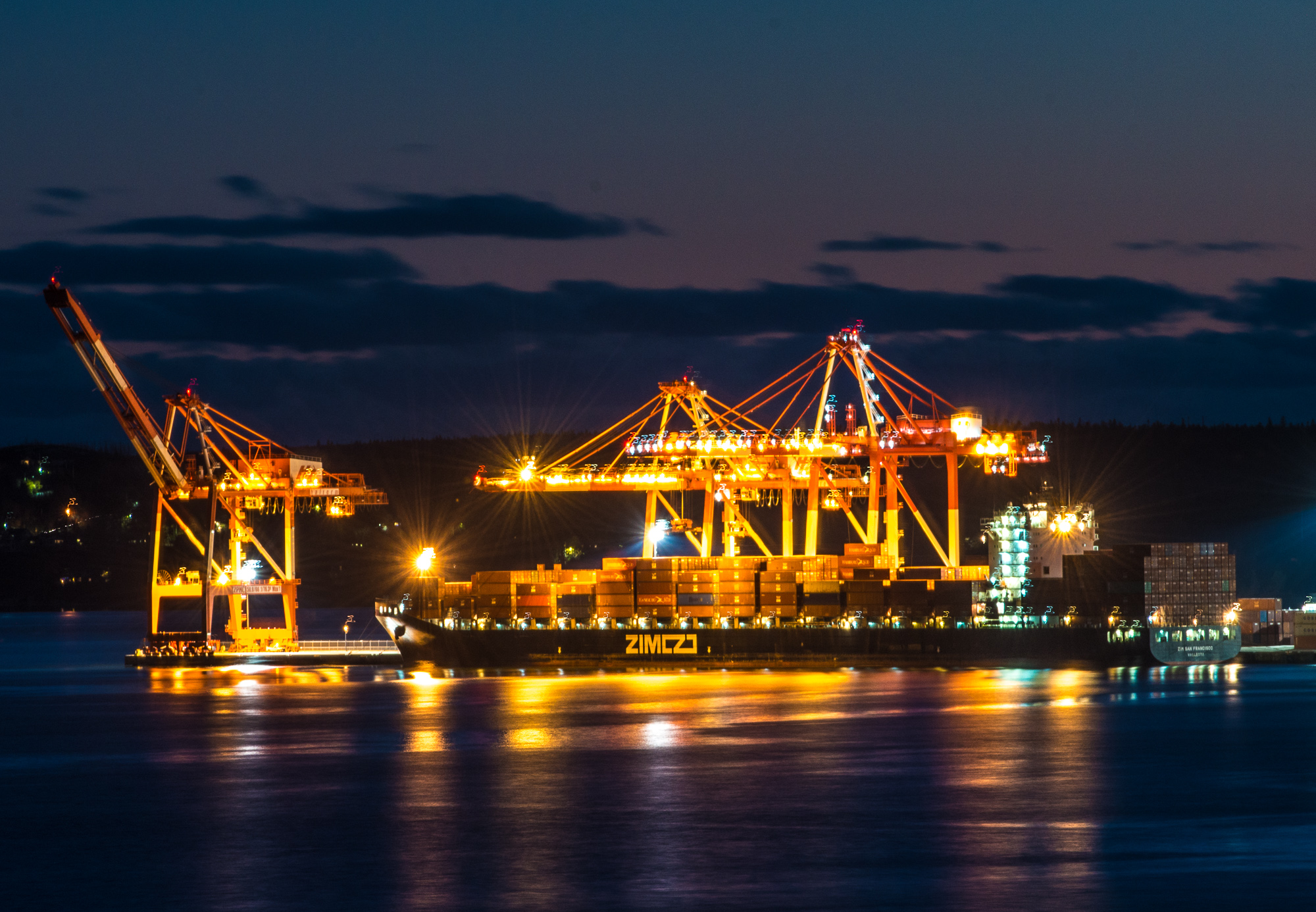I believe in the power of a single photograph to relay a message but a series of photos can truly convey detailed elements of your story that might be missed with just one image.
Many times we are taking photos for family events, traveling to exotic places or even going for that short winter hike along the trail and become focused on creating that one perfect photo.
We all get fixed on creating the perfect image. We (myself included) sometimes forget to stop and really take the time to see all the visual moments that are happening during the search for that one perfect photo. These visual moments can create a richer story that is deeper than the single photograph we are trying to create.
This is not to say there is no value in the individual photo but this is more of a suggestion to create a more detailed story with a series of images.
Like any great movie, there are main actors, supporting actors and multiple camera angles that all combine to make the story as a whole.
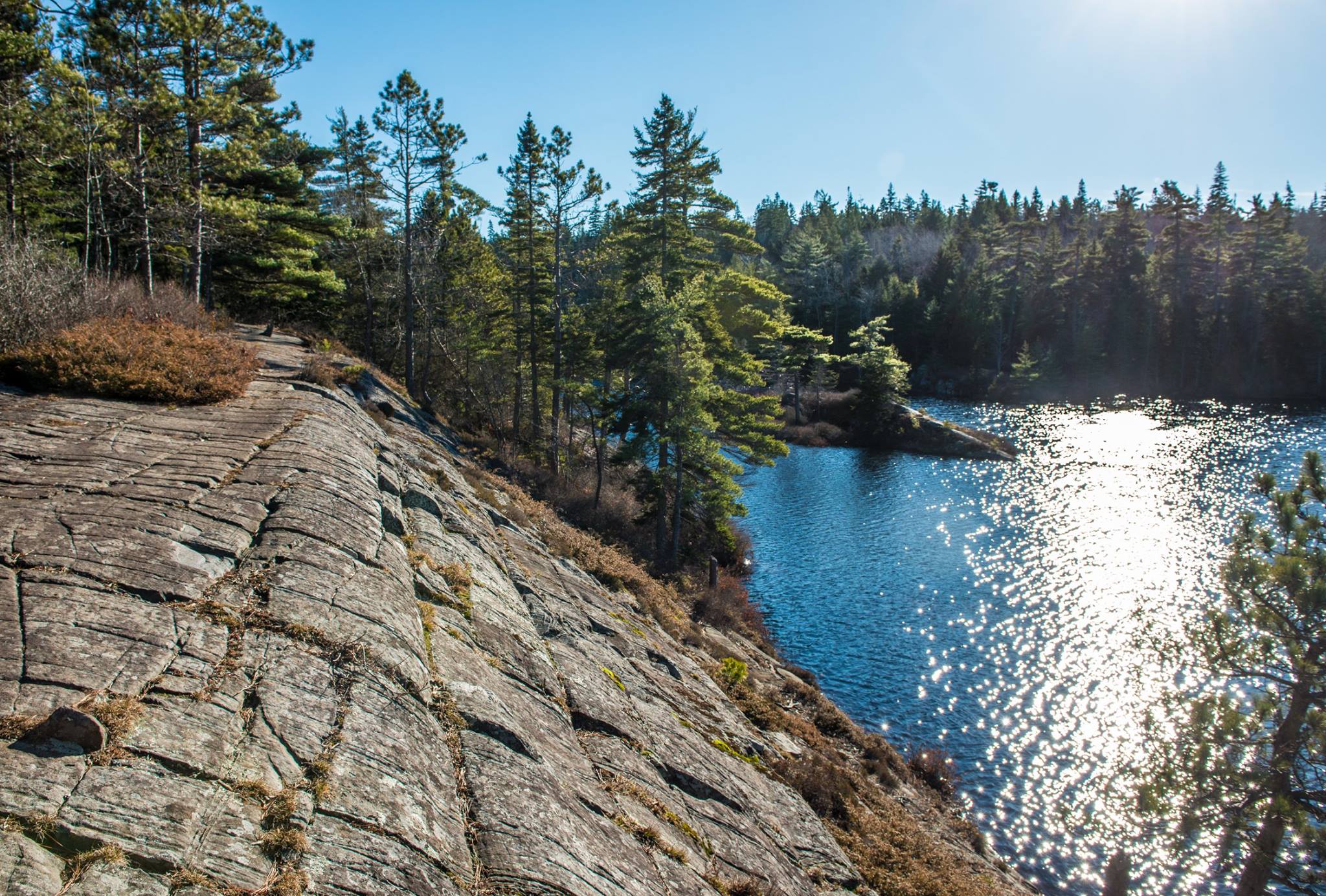
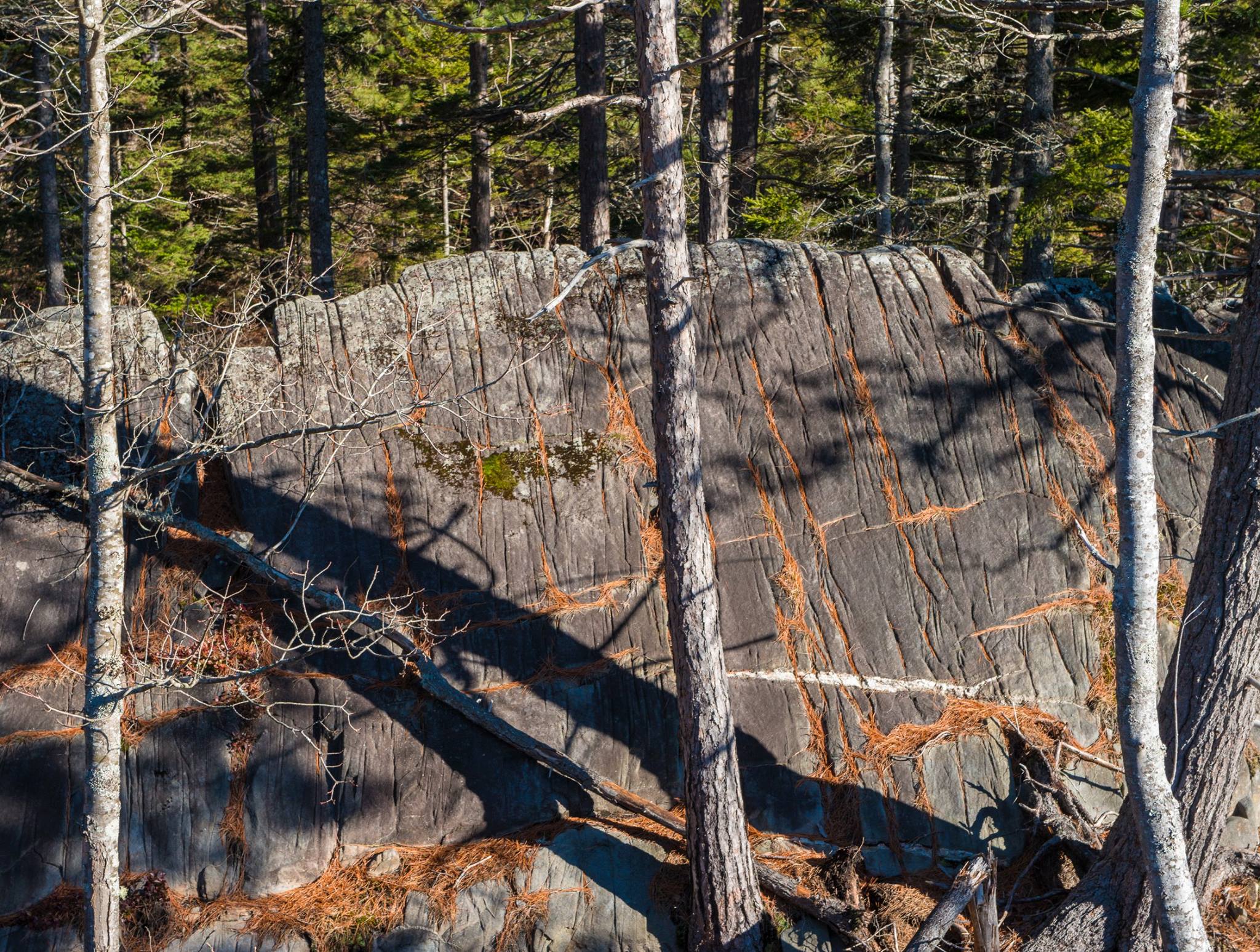
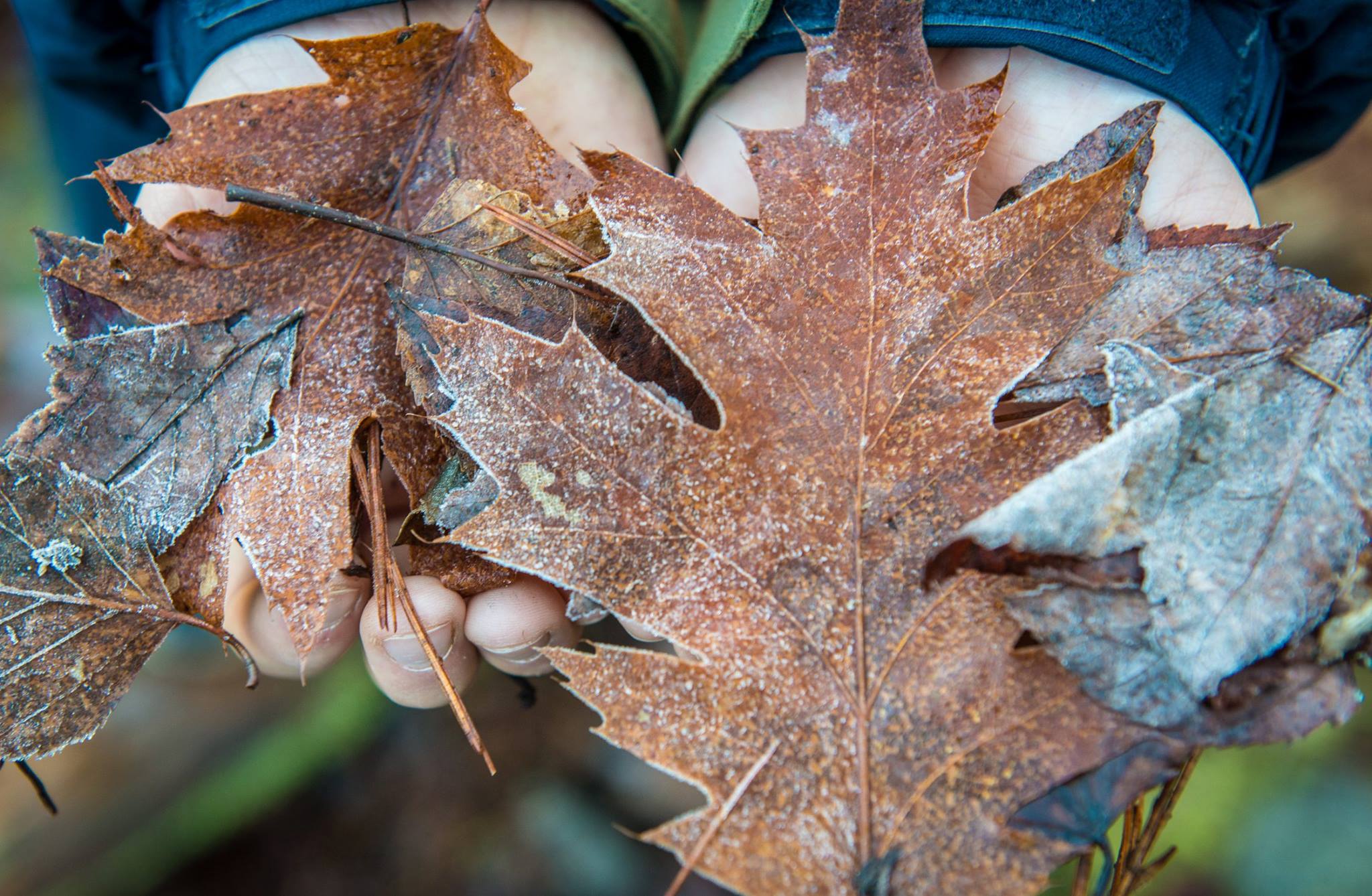
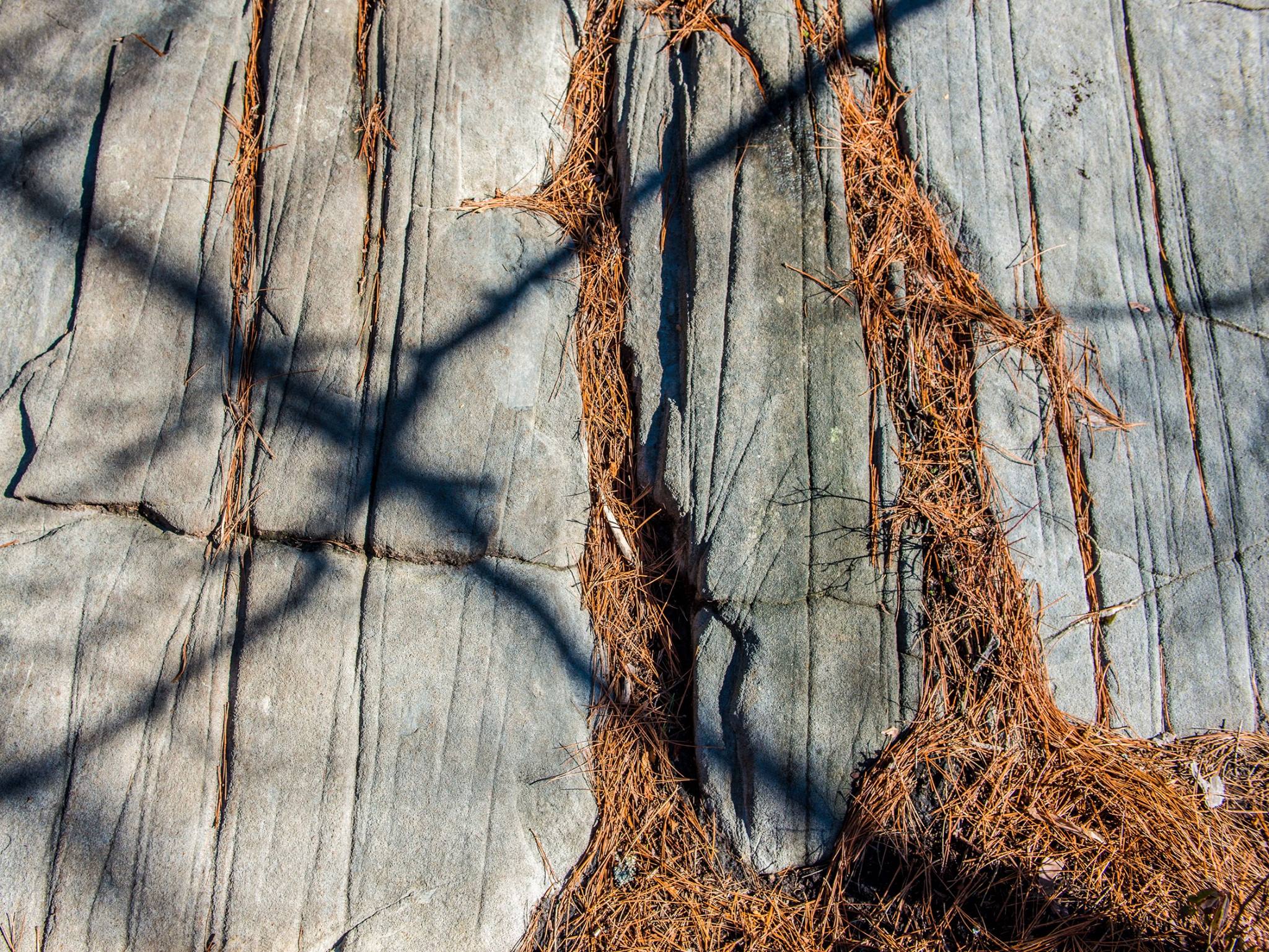
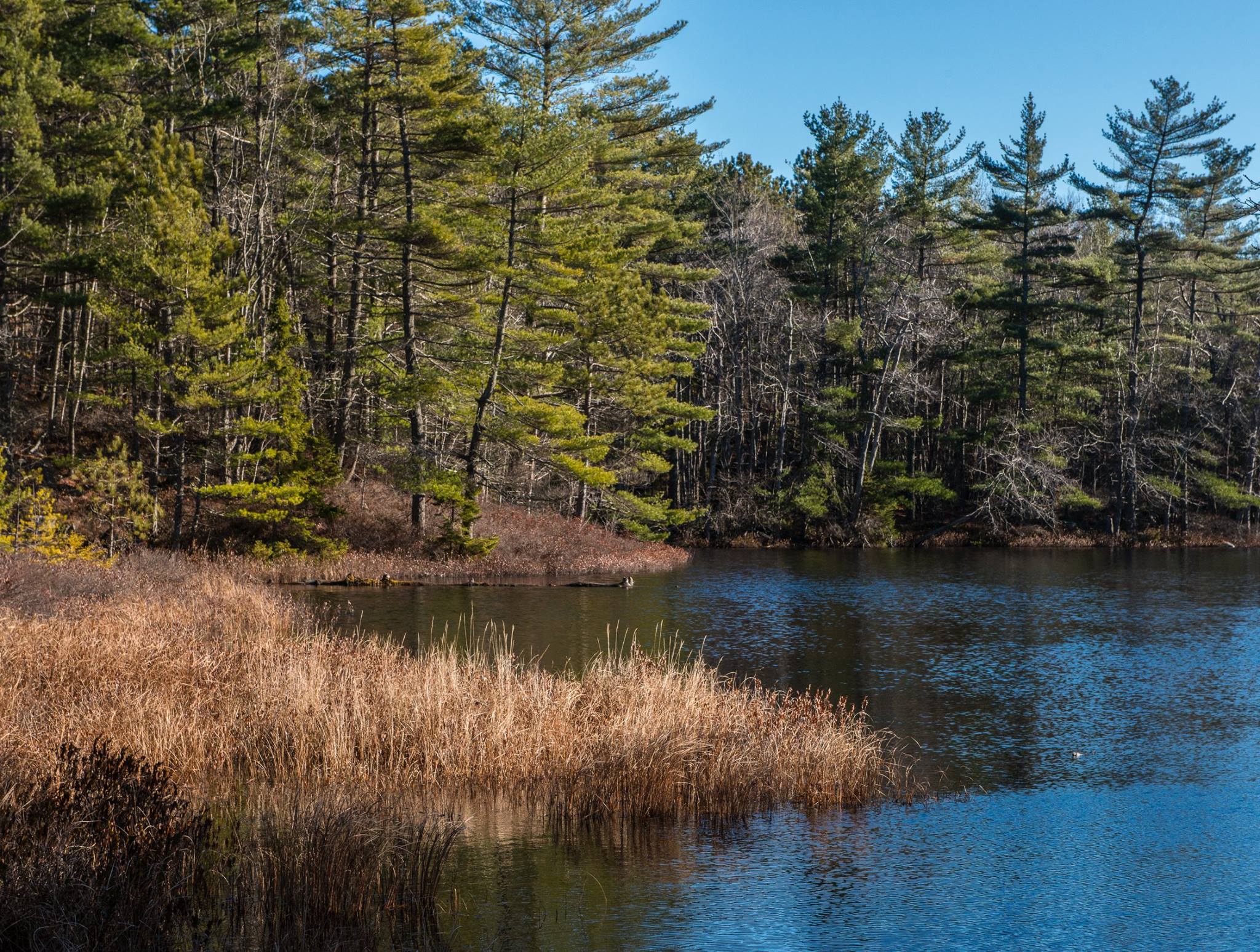
I keep a simple approach when I am trying to create a visual story. When I am taking photos I mentally try to break down what I am photographing into different elements.
- Establishing view (these usually are a wider angle view)
- Standard view( these photos become the bulk of the story)
- Detailed view (close up but not necessarily macro images)
- Unique perspective
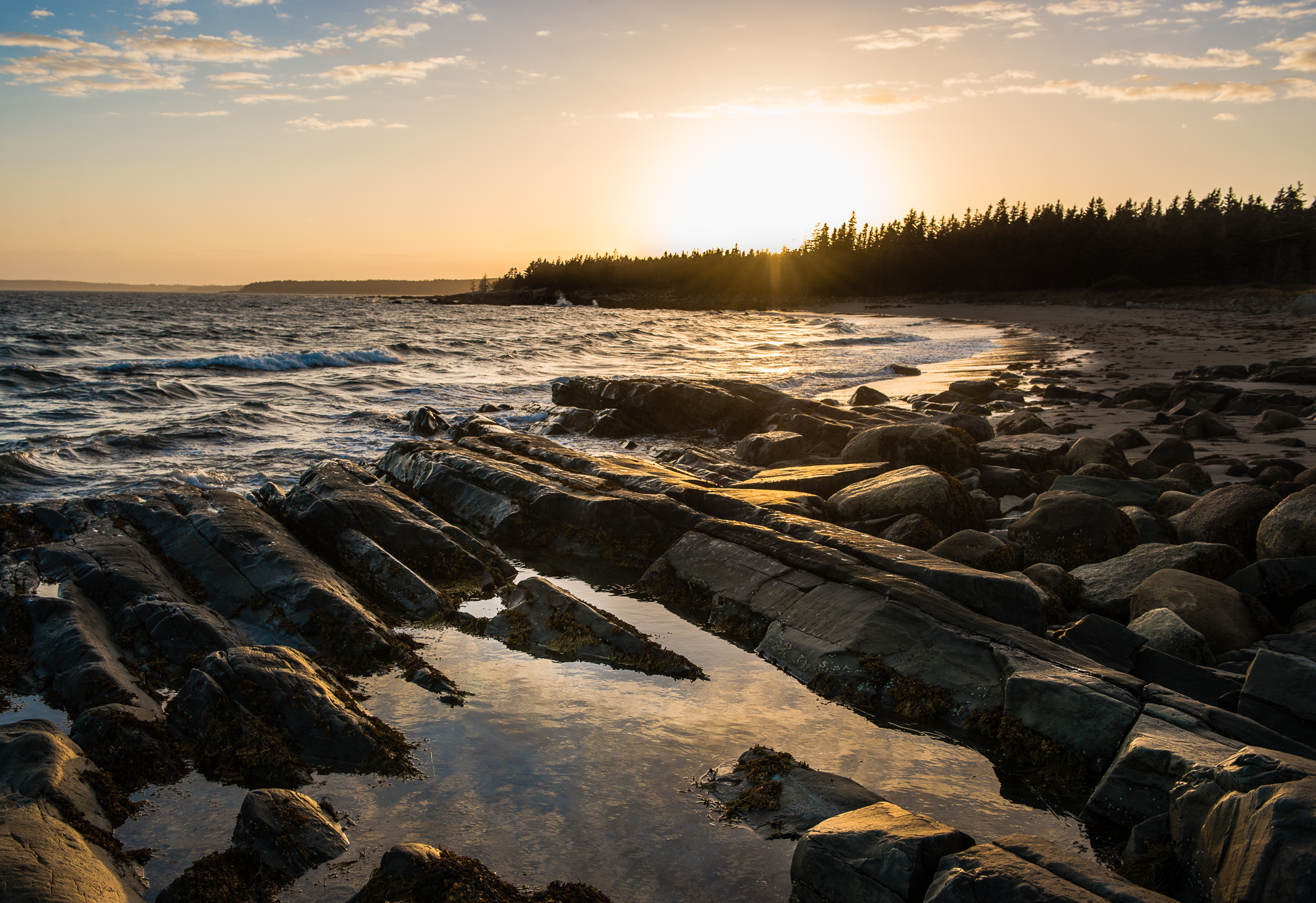
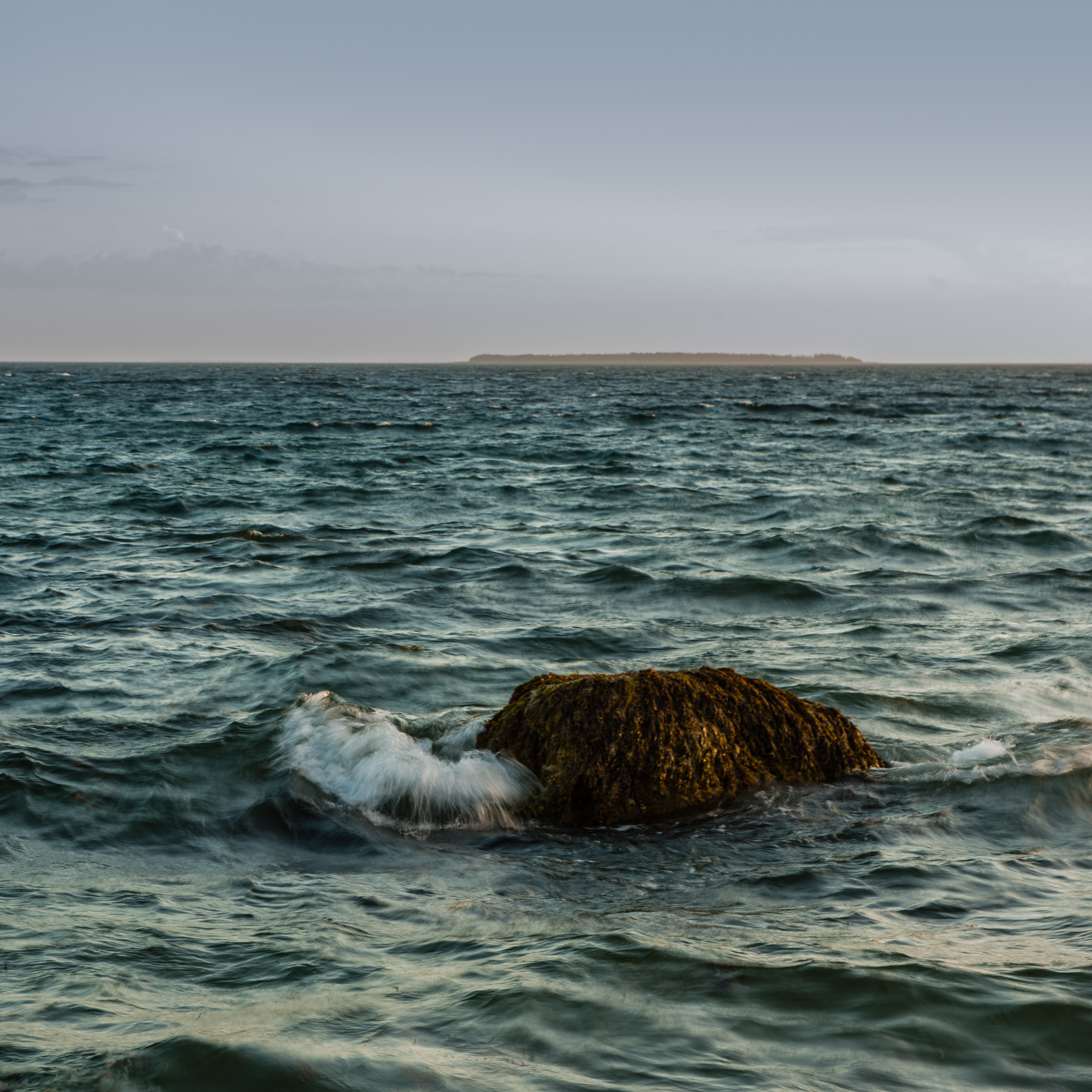
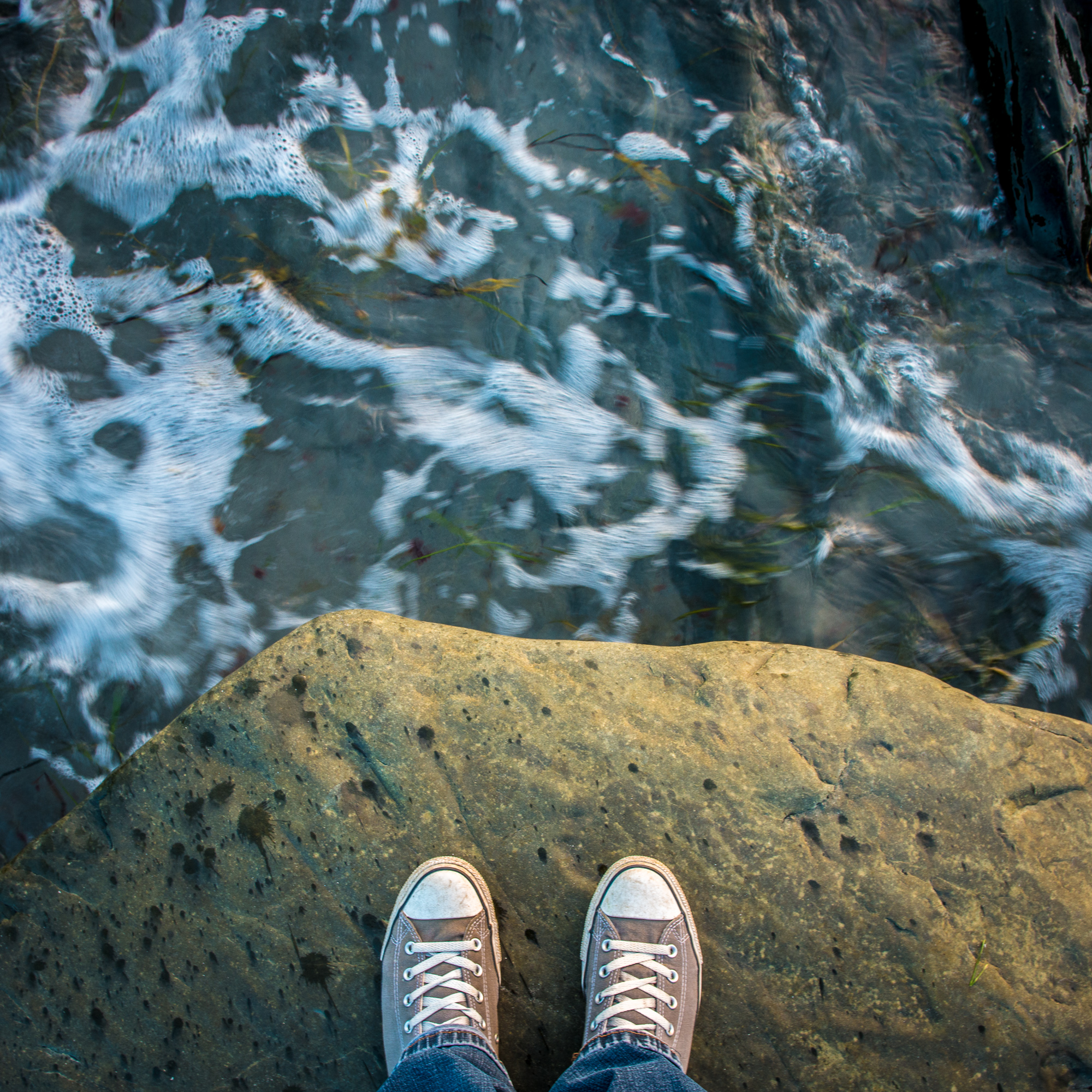
There could be more than these four photo elements but I try to photograph at least these four types. This allows me to have a variety of images to choose from when I am building my story after the taking of photos is finished.
How many you have of each grouping will depend on the subject matter or the complexity of the story you are trying to convey. If you look at my Instagram account or Facebook posts, I usually try to show posts with three or more images. This way I can relay more of a detailed story than just one photo at a time.
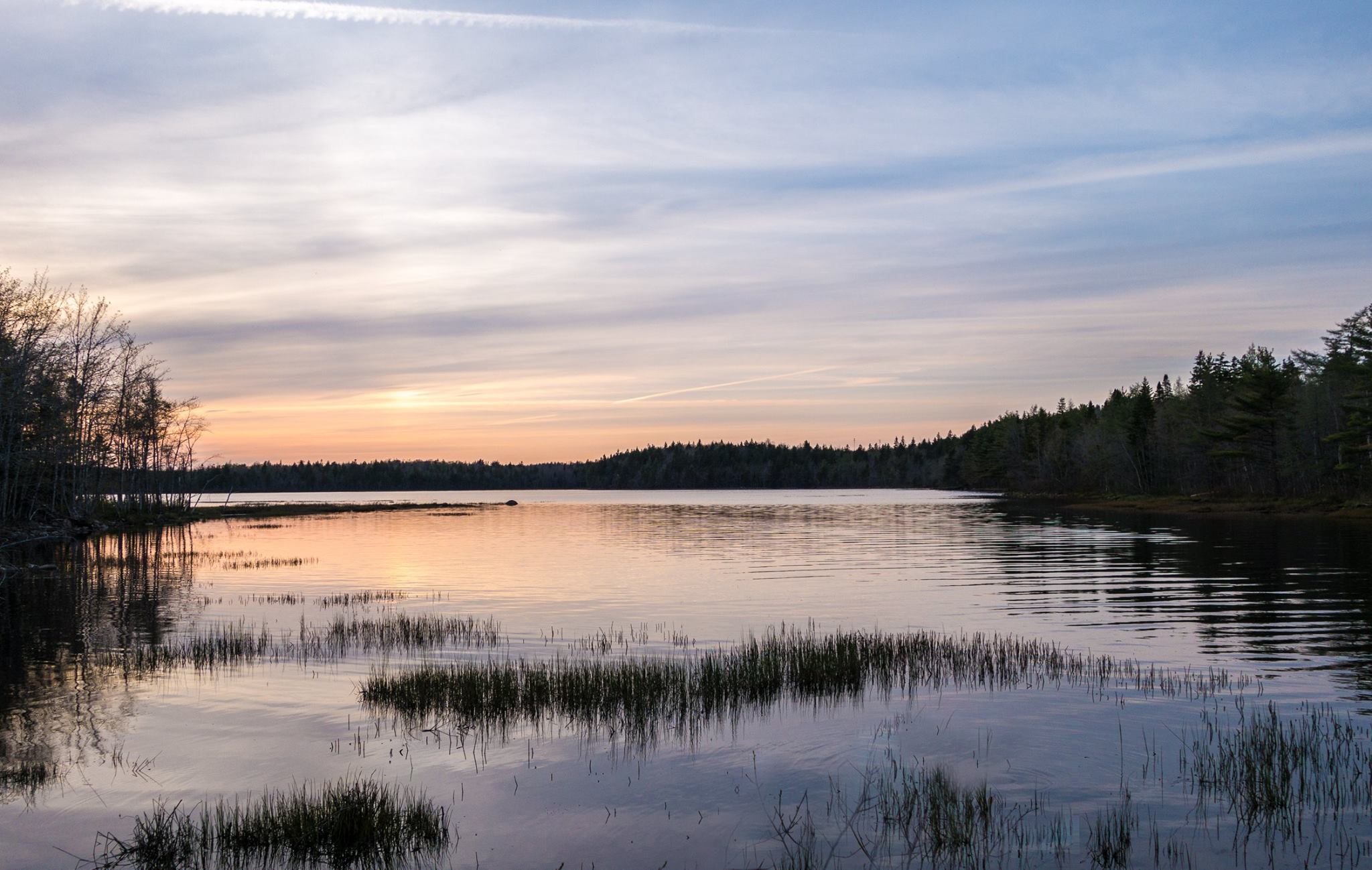

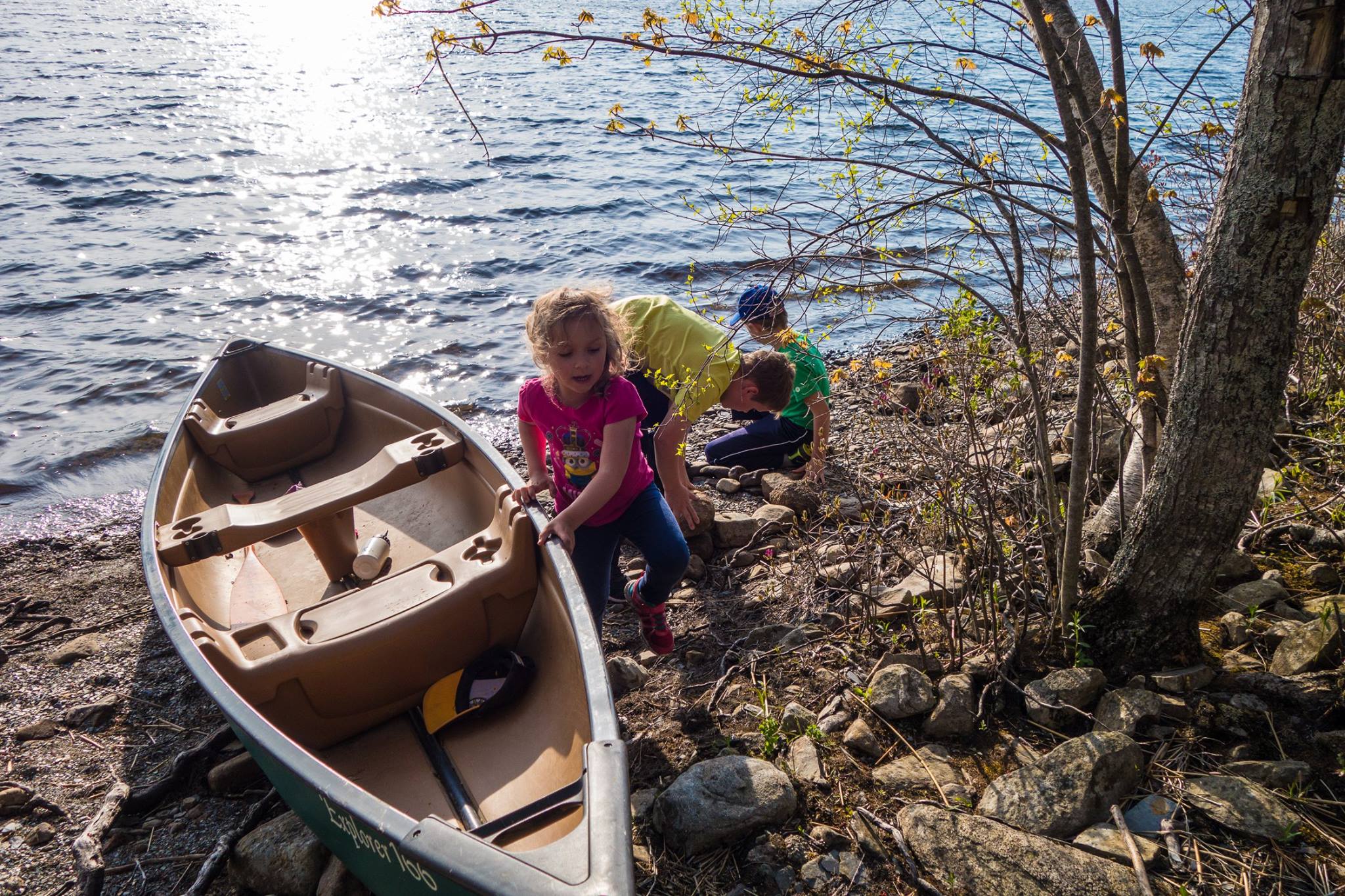
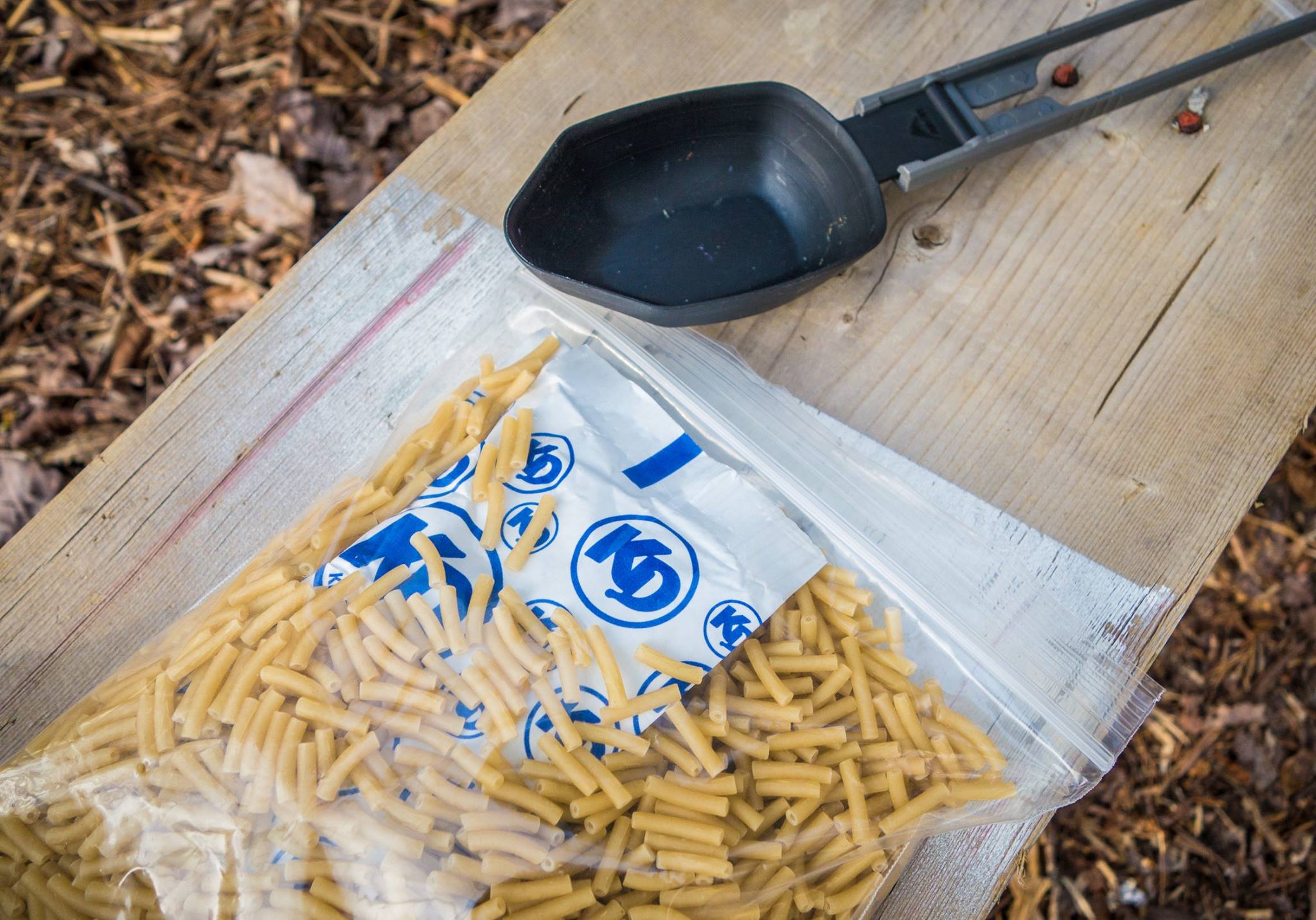
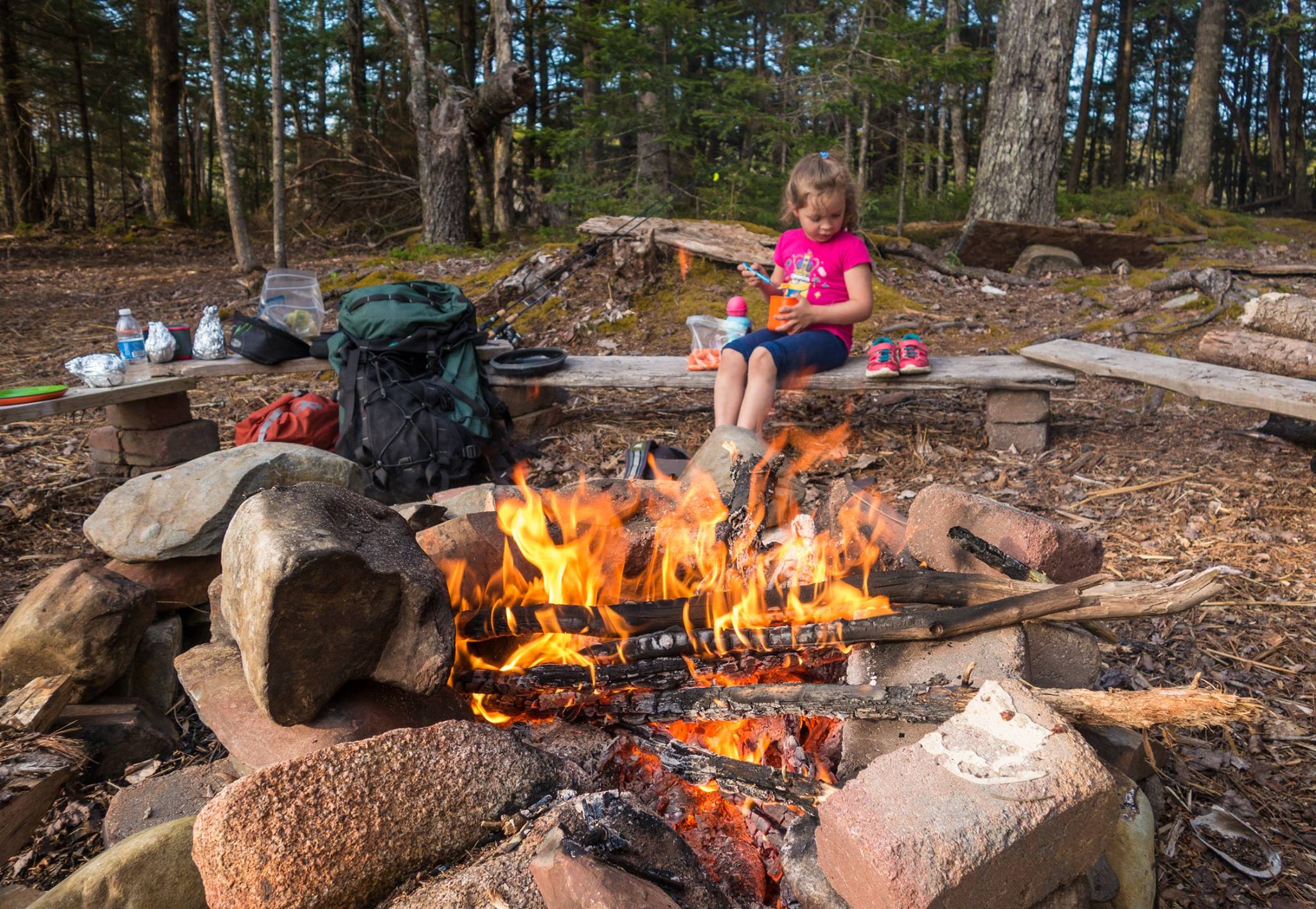
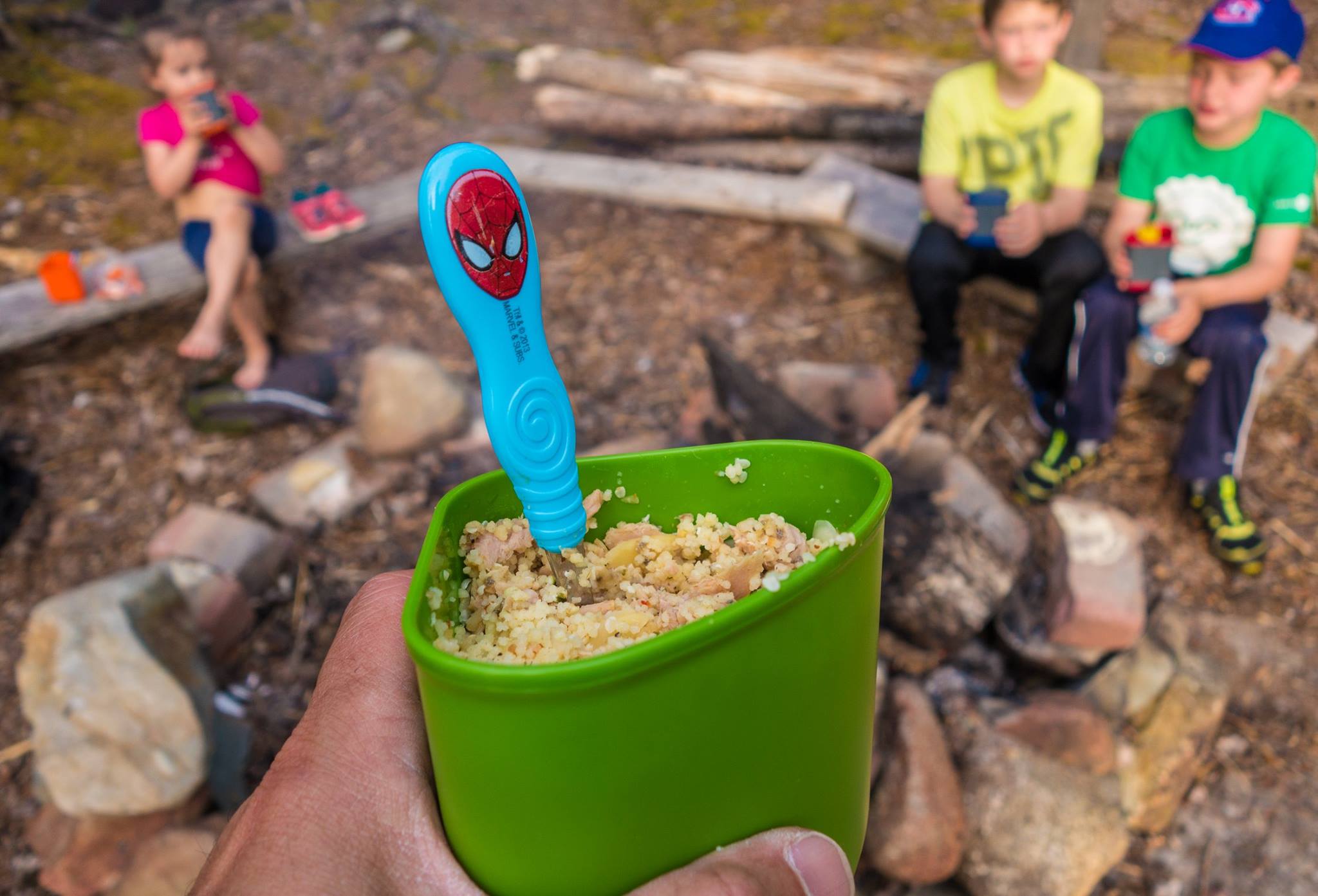
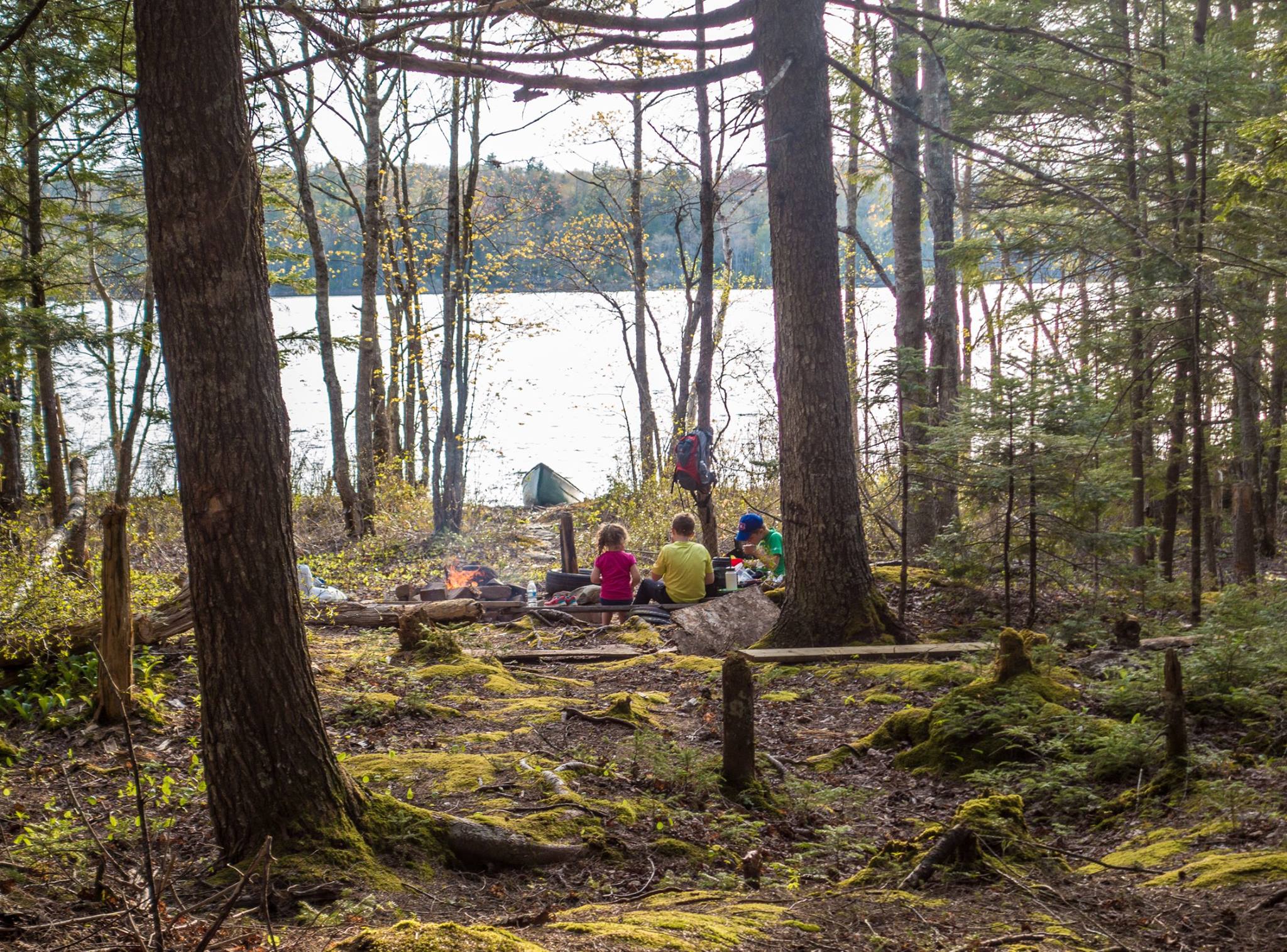
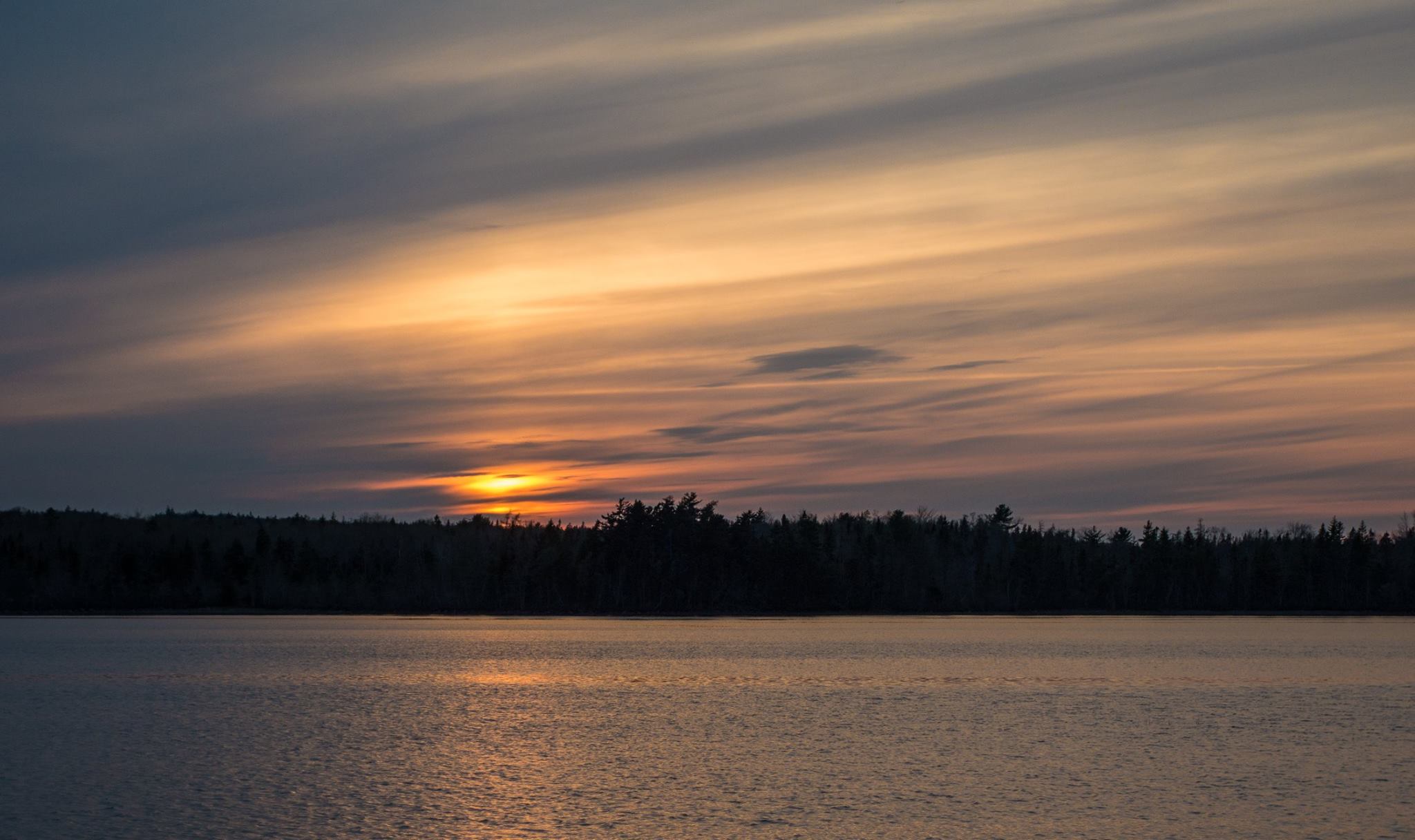
Now of course, this does not happen all the time and just like in any visual art form, rules are meant to be broken. However my standpoint on rules is simple. Break them with intention instead of by accident, meaning I sometimes create or share only one image to tell my story of that moment.
As I mentioned in my previous post "pixels are free" and it does not cost anything to take additional photos with your digital camera. So the next time you are creating photos, don’t just take that one perfect family portrait or pretty sunset. Think about how you can convey a more complete story with 3-4 different images.
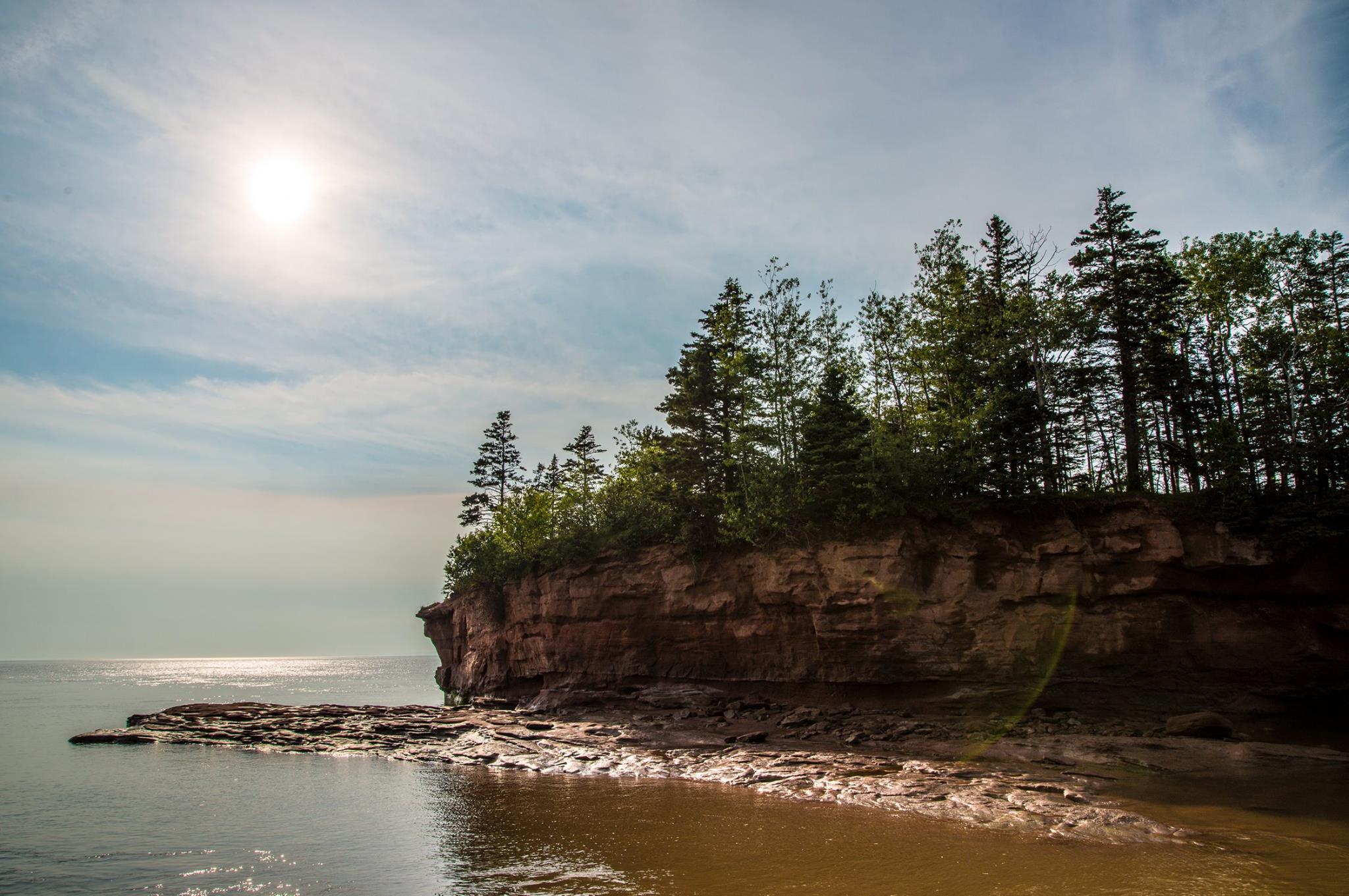
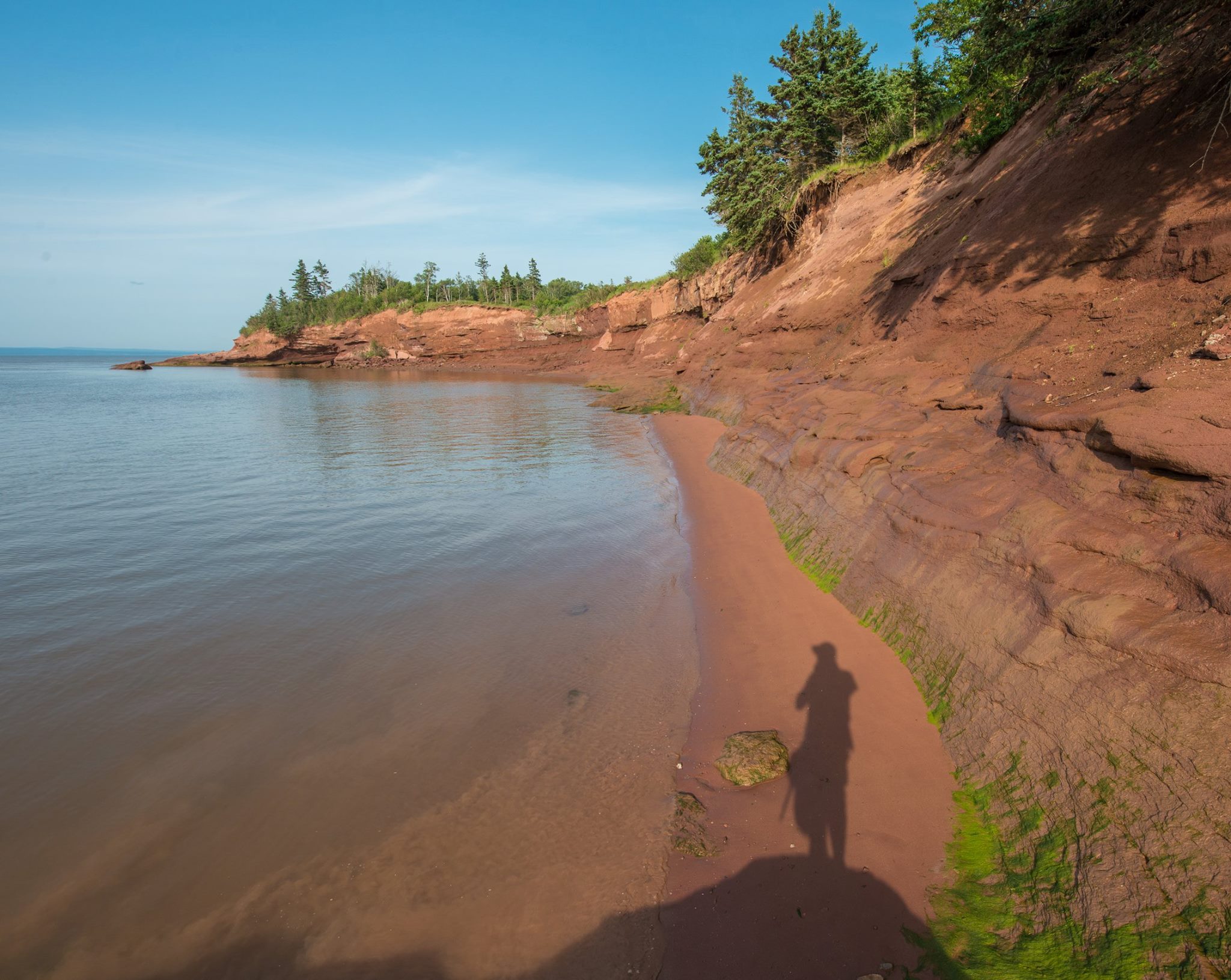
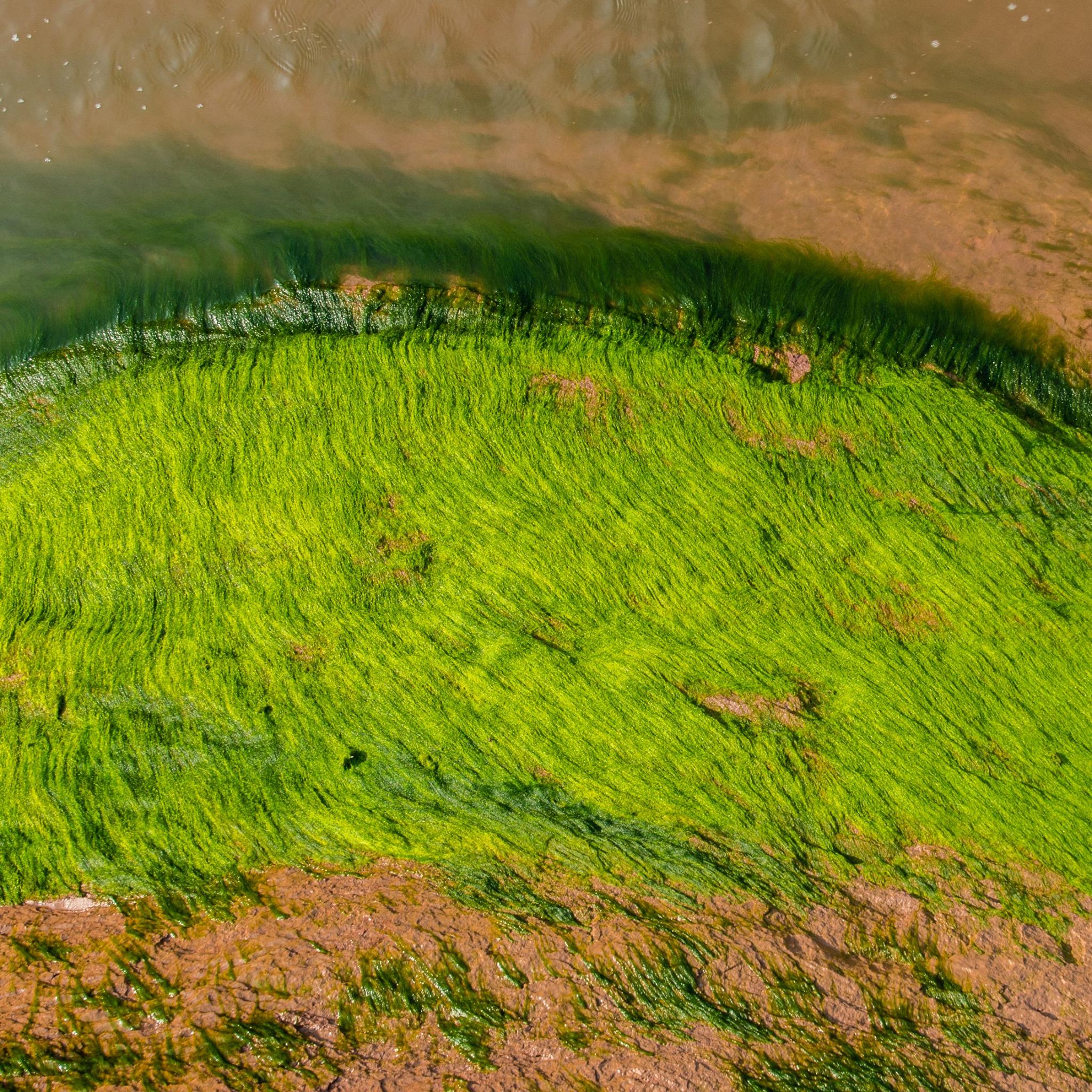
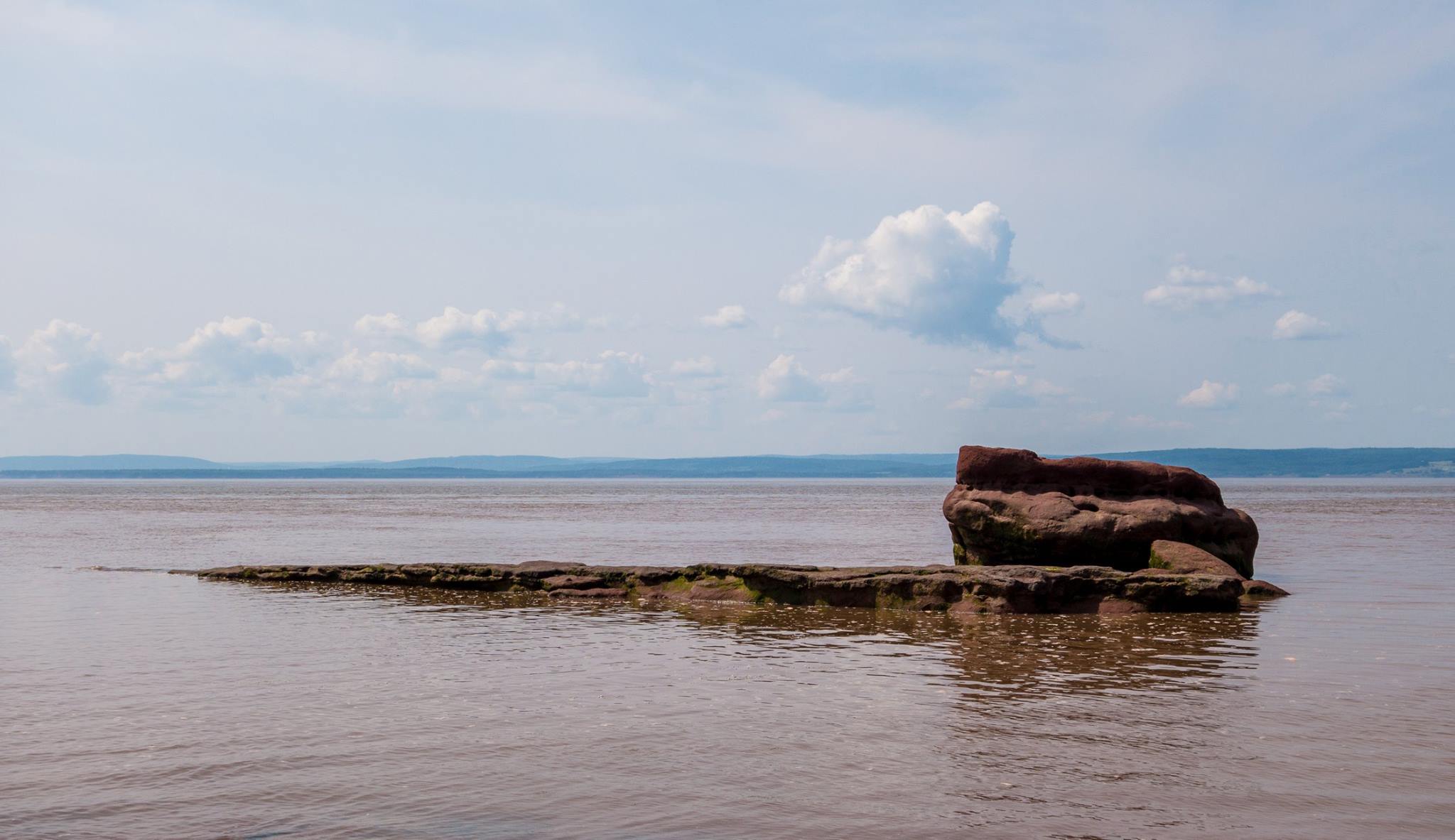
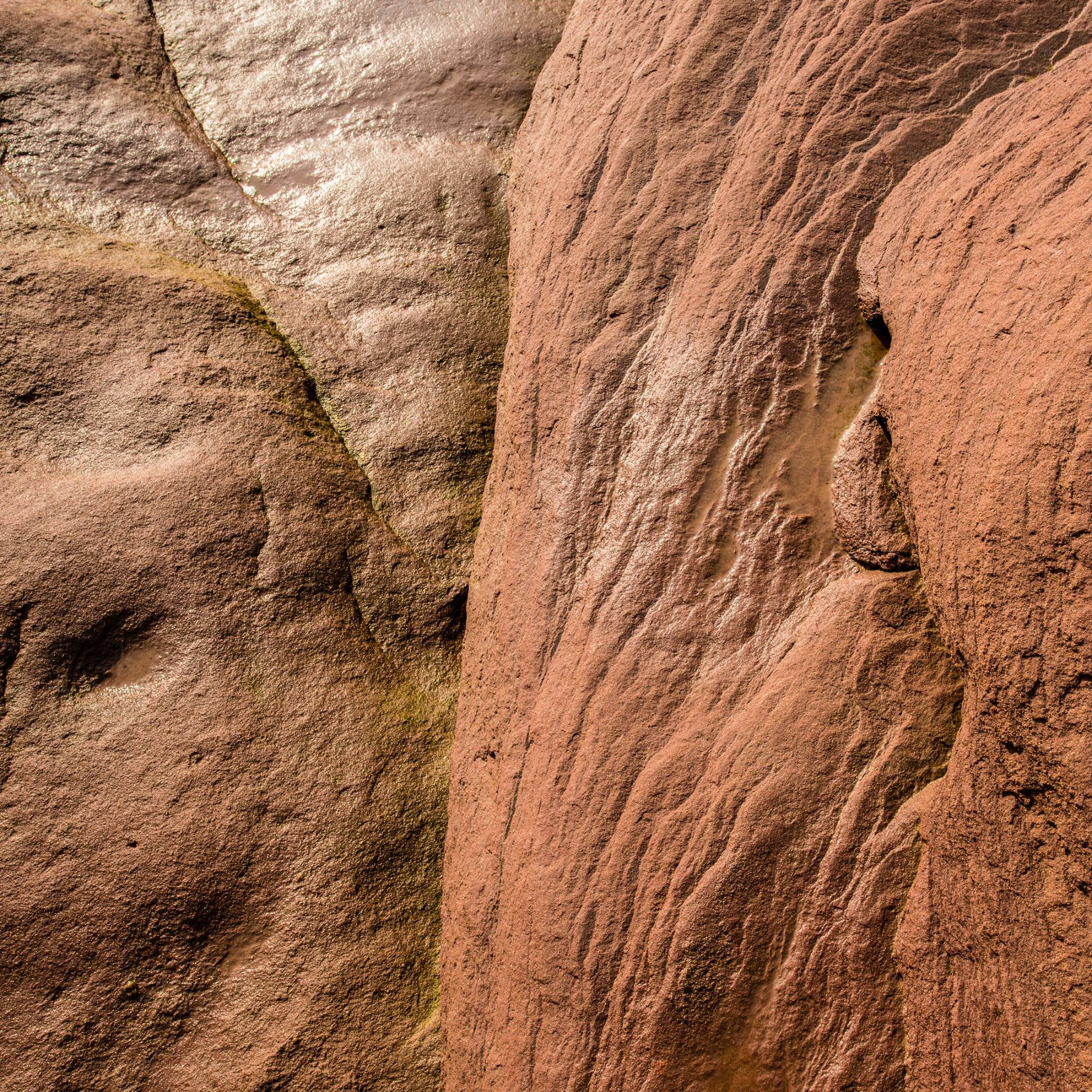
Experiment, play and have fun with your photography and remember "we take snapshots but we create photographs".
If you try this method, I would love to see your results. Please feel free to send me a link to your photos or leave a note in the comments.
Cheers and keep making photos. :)
Mike

